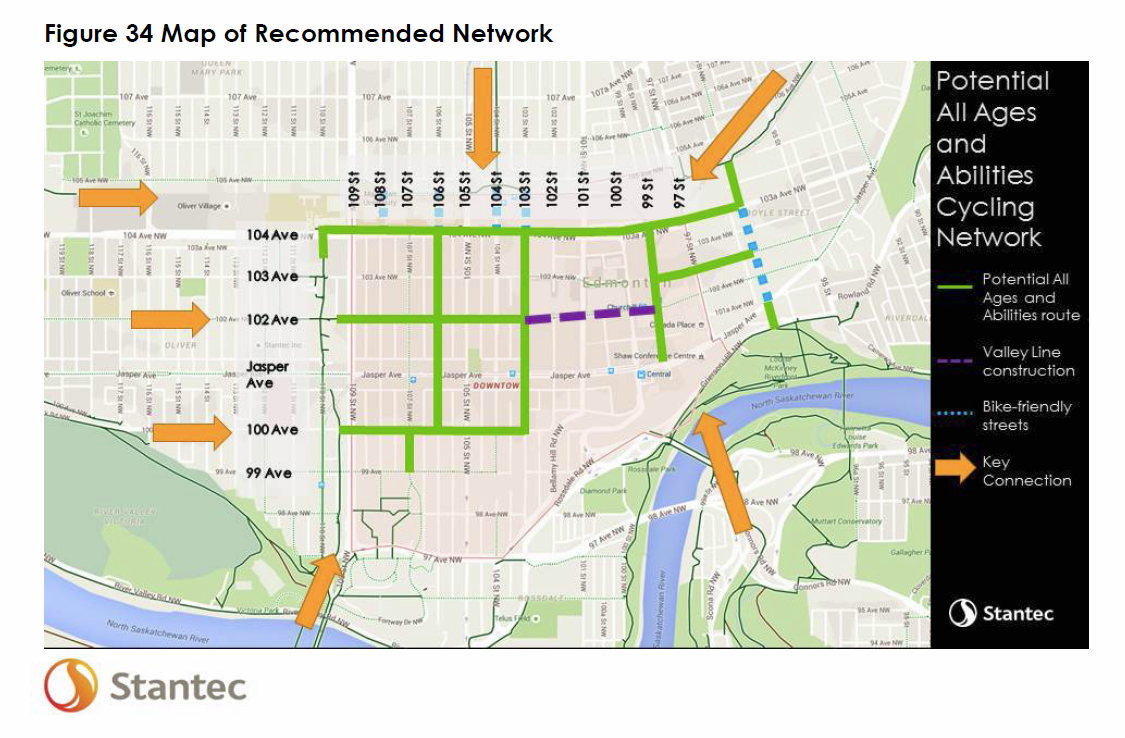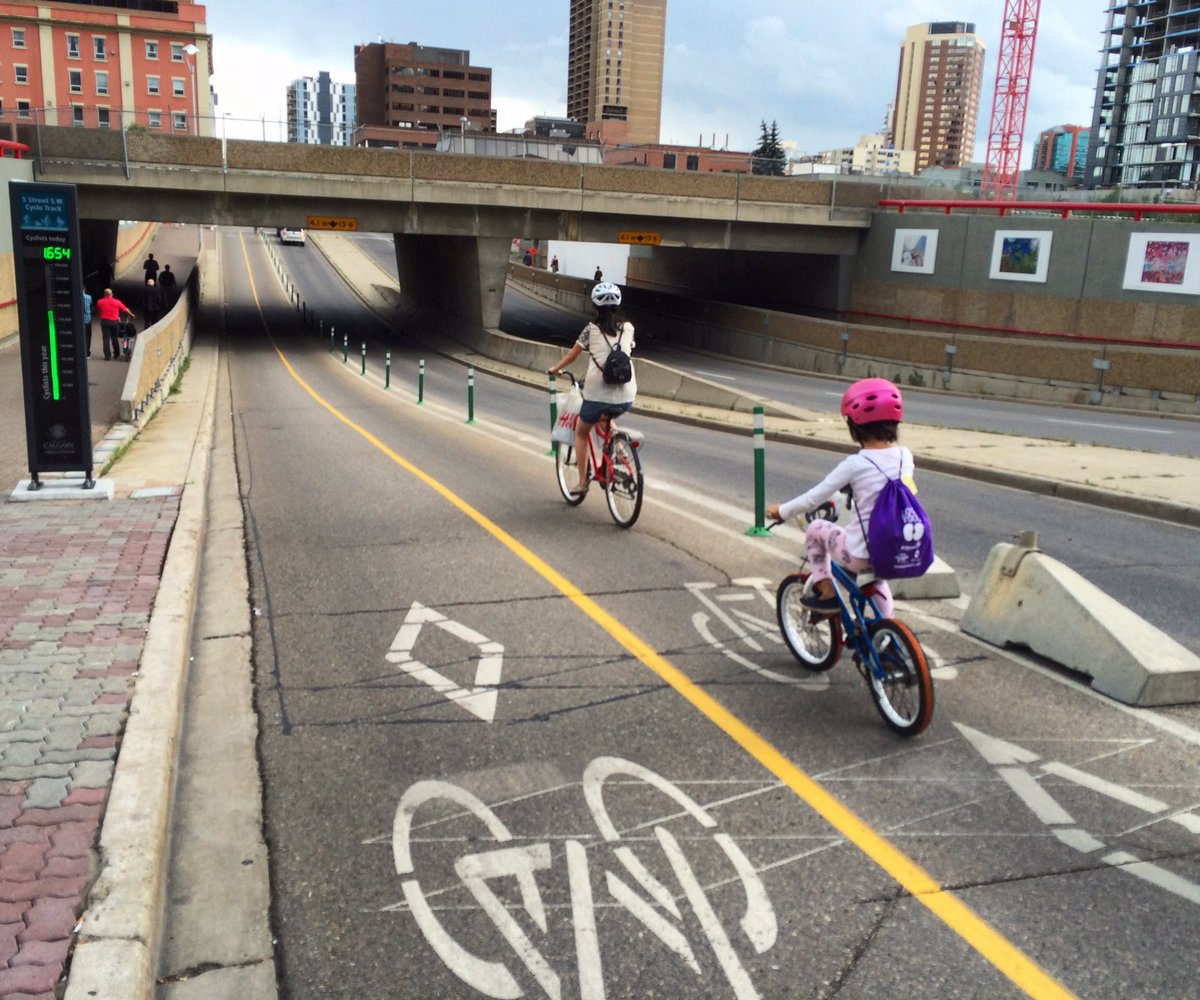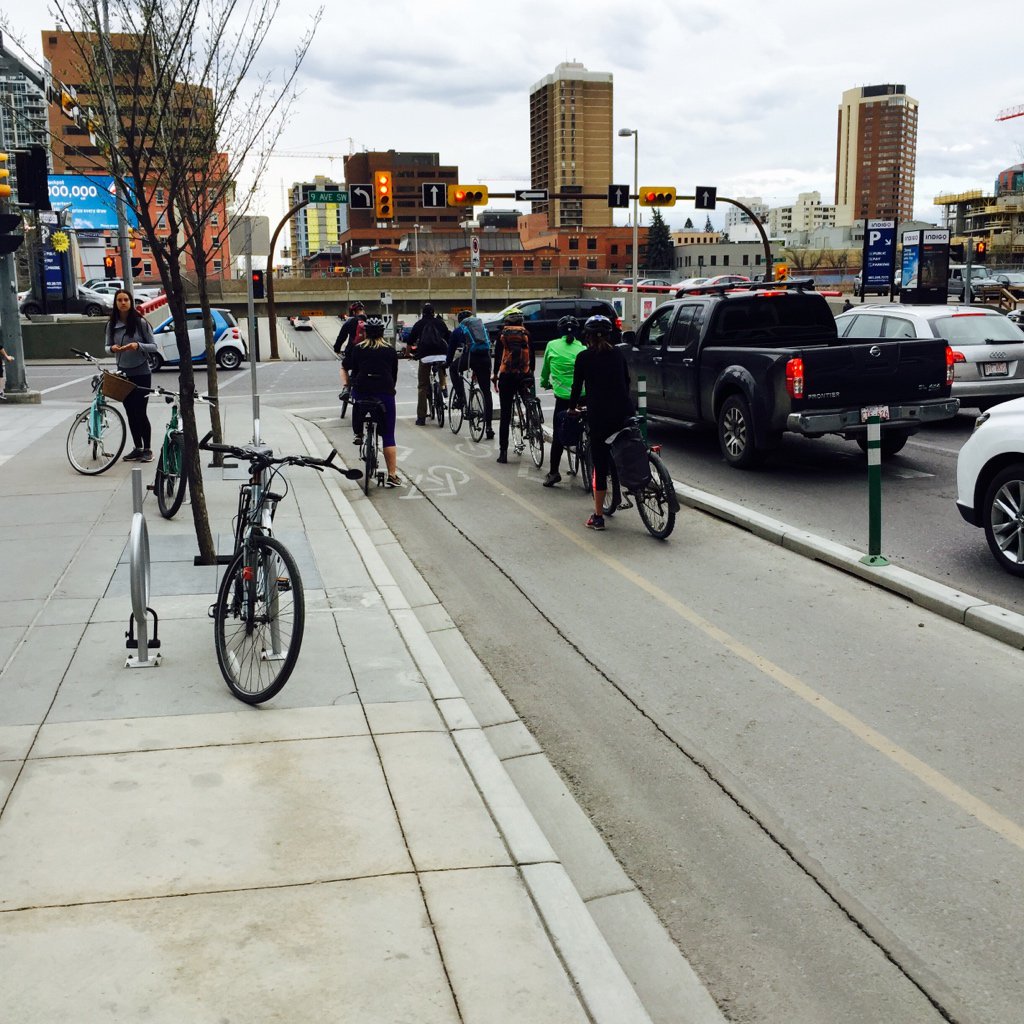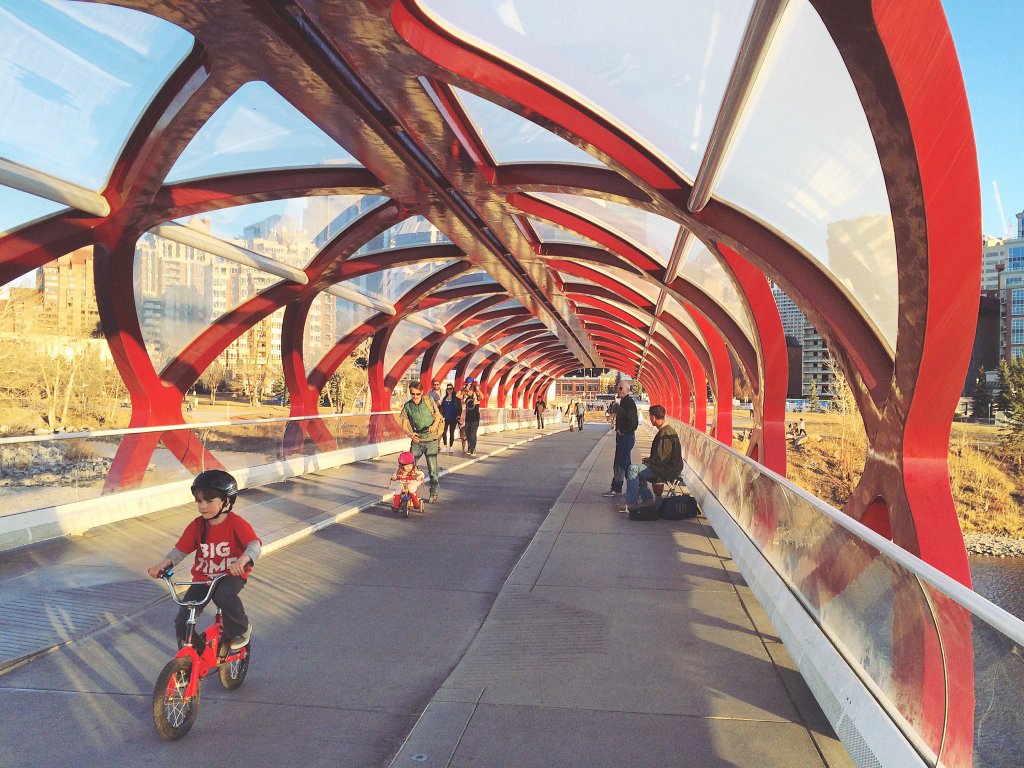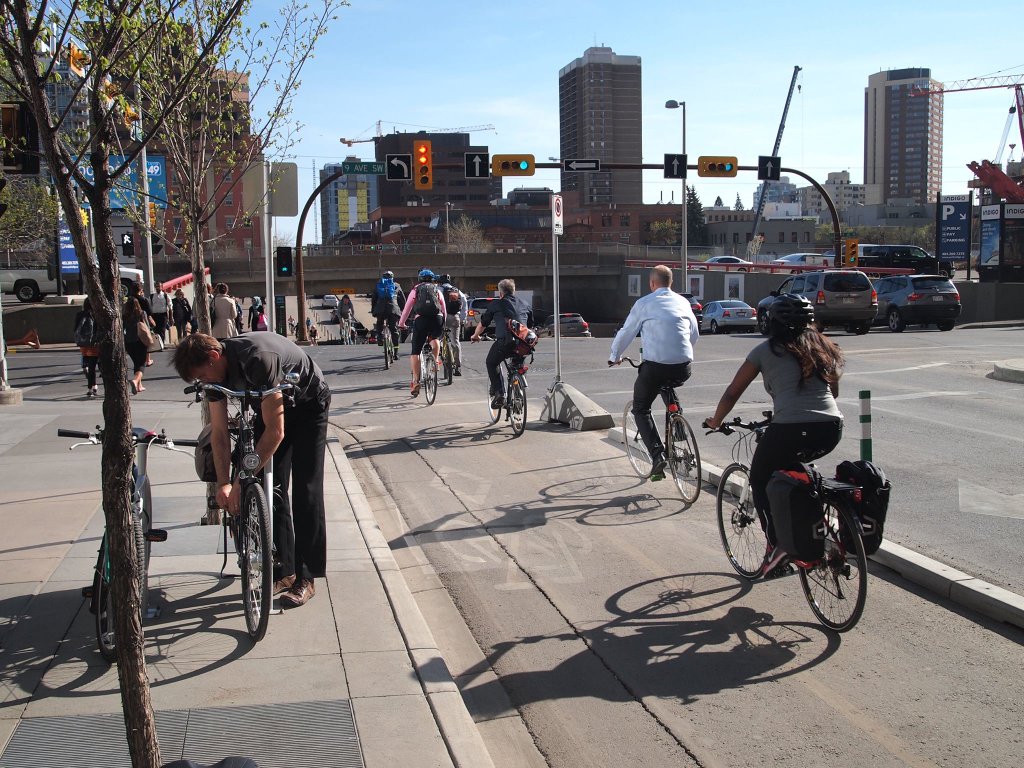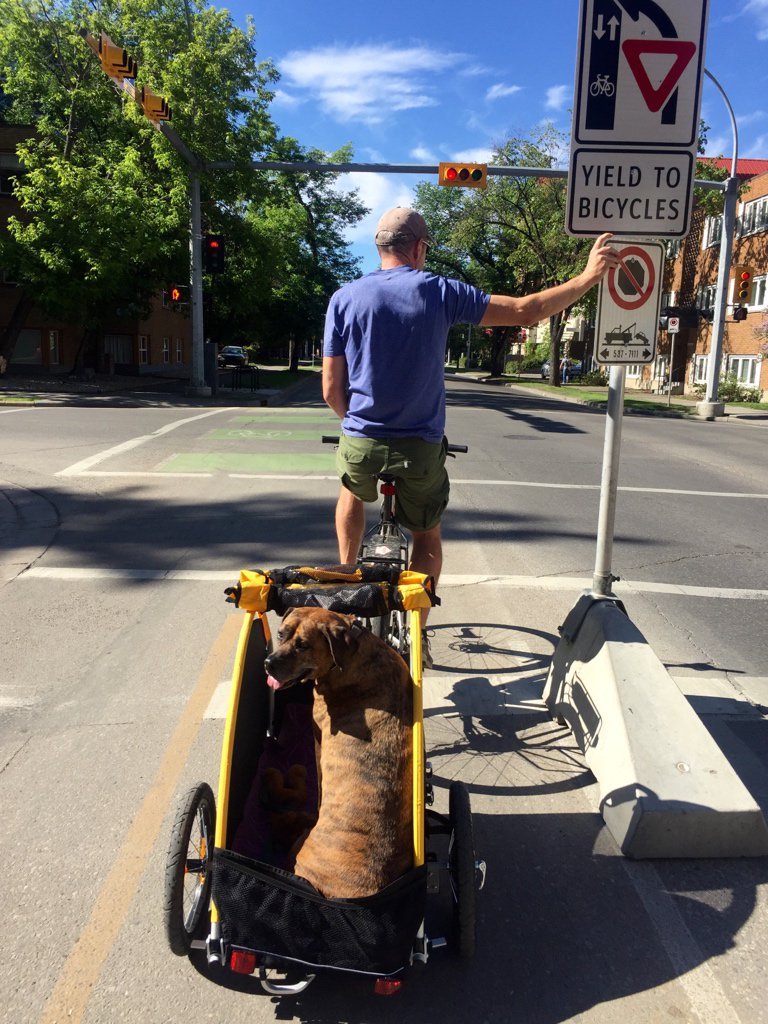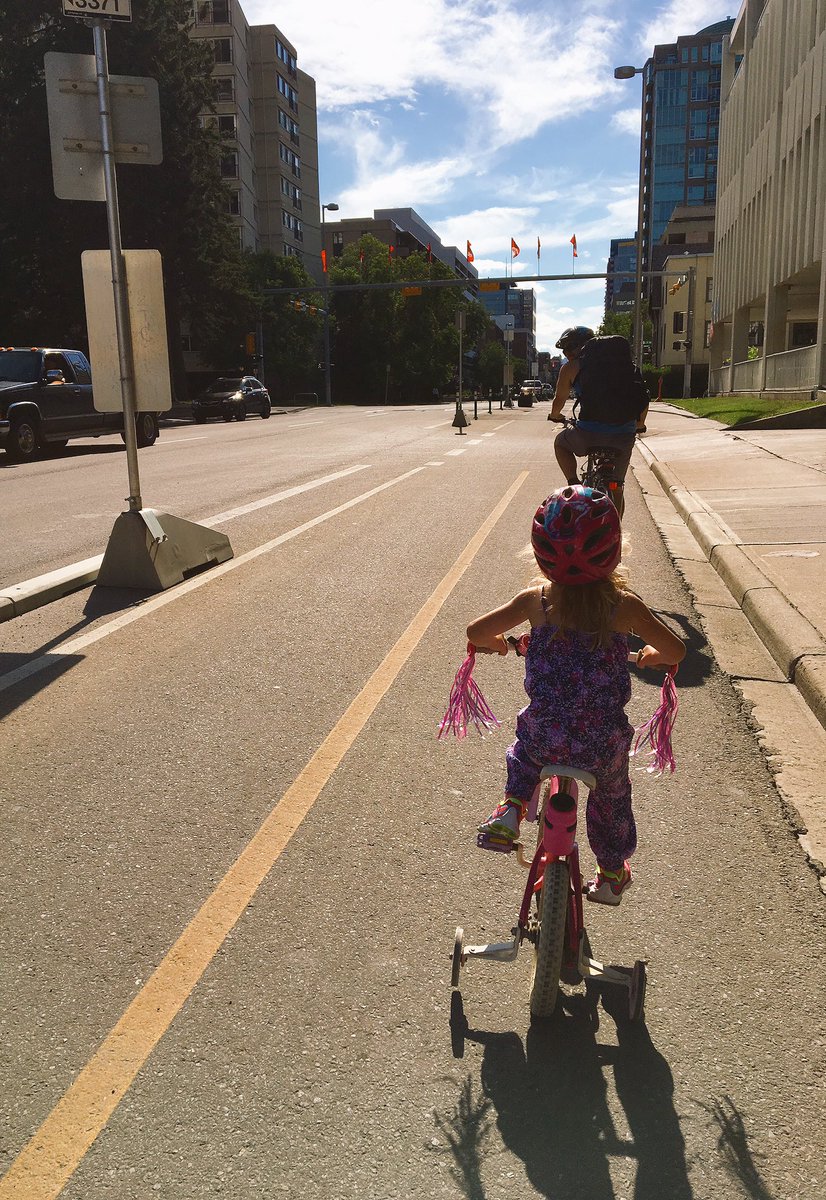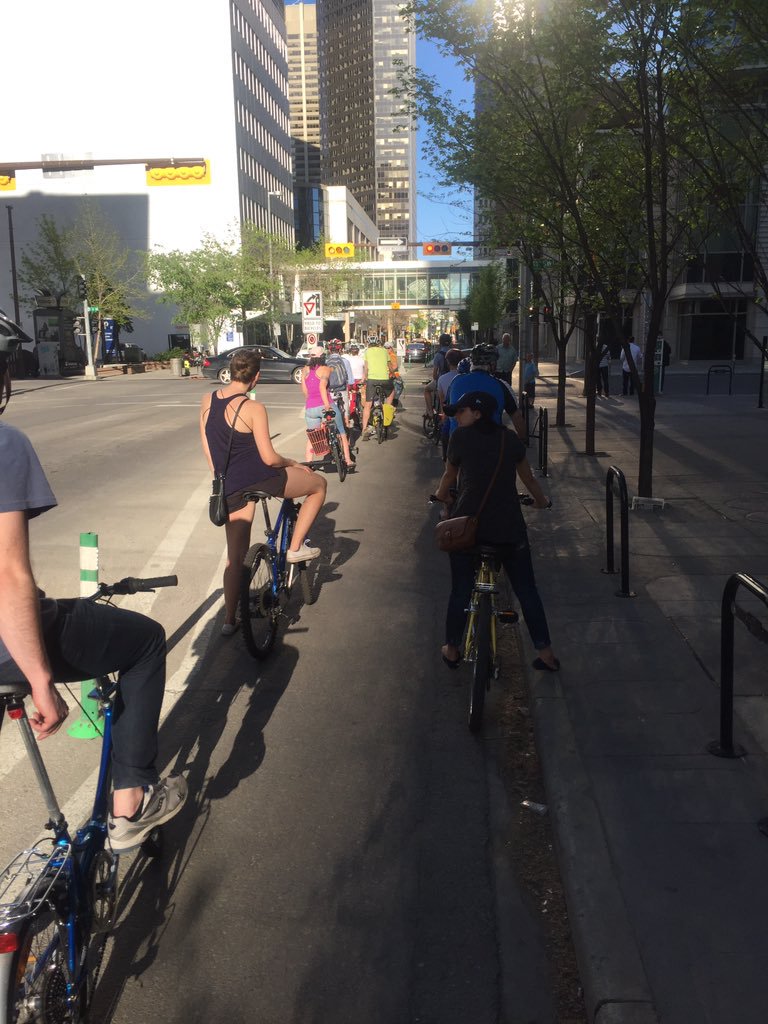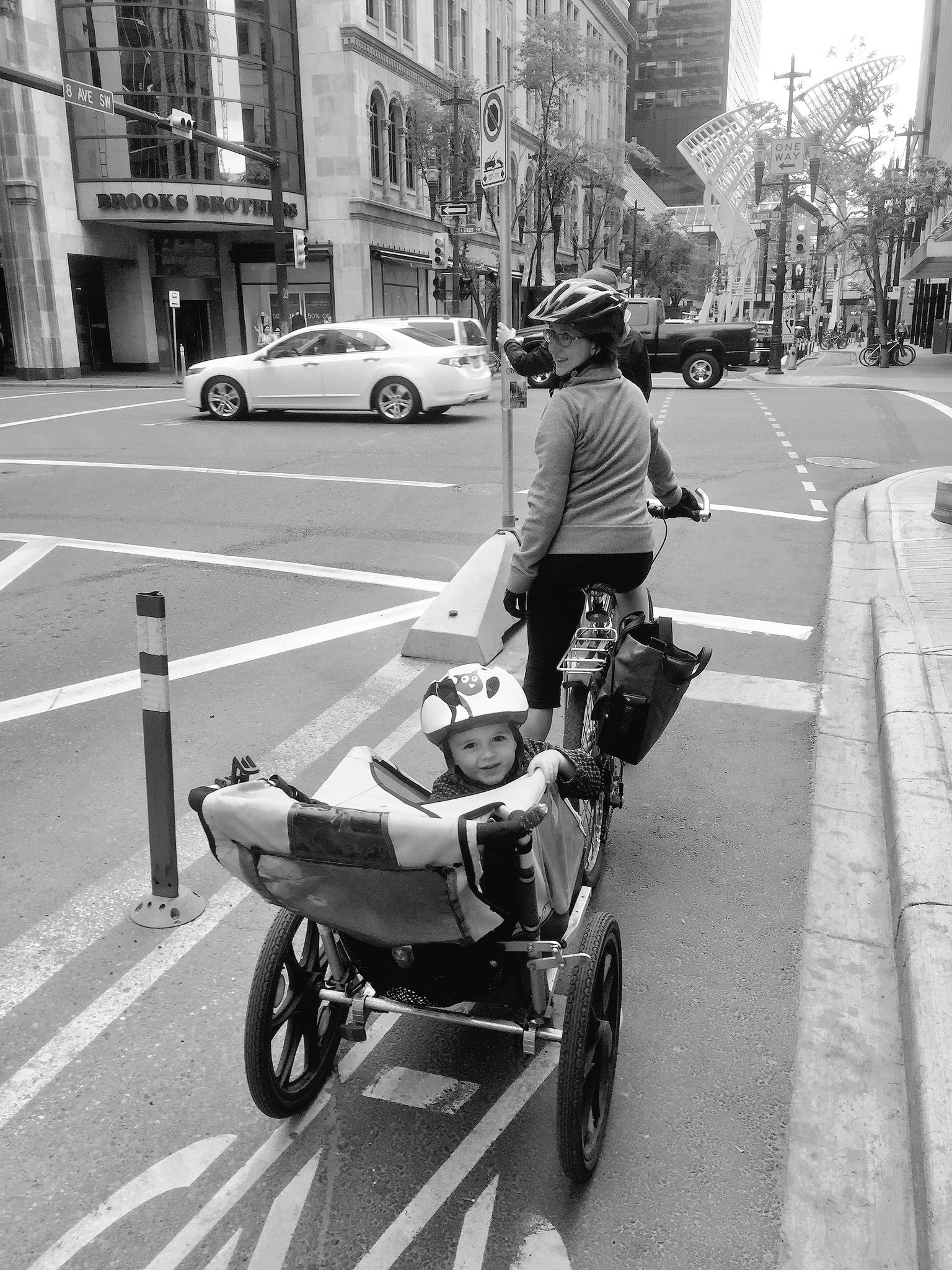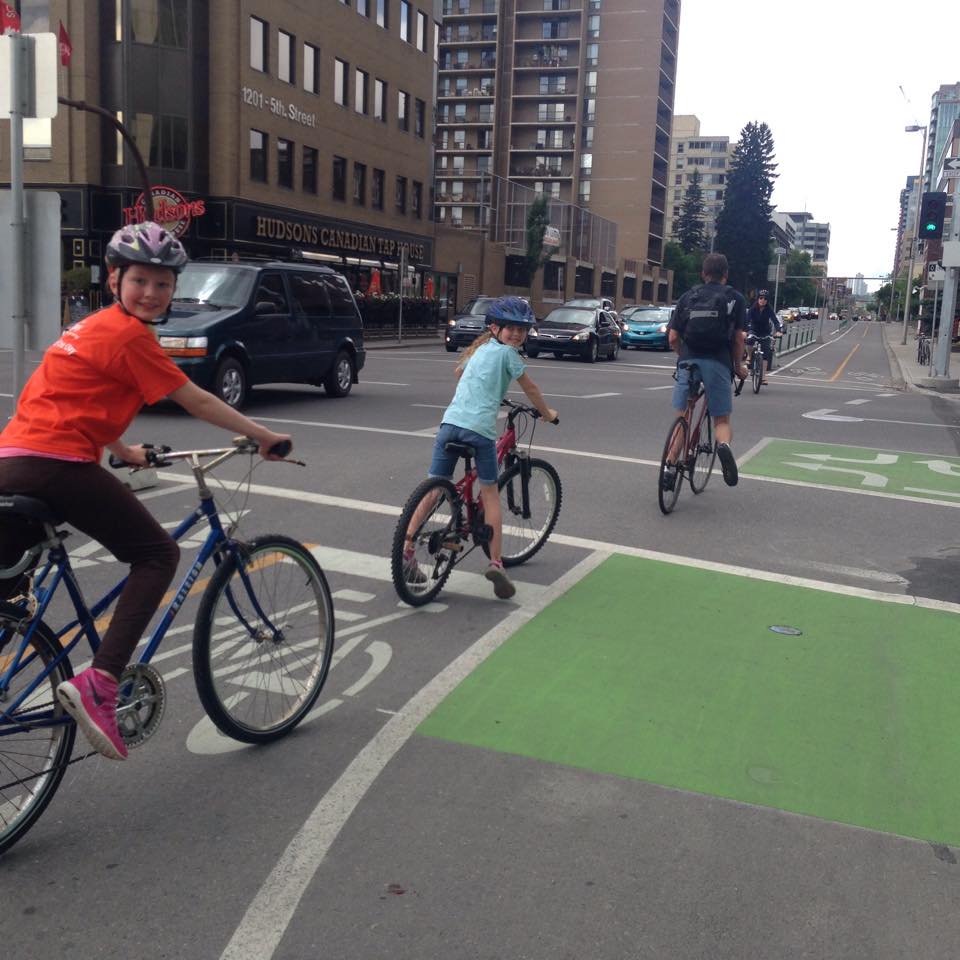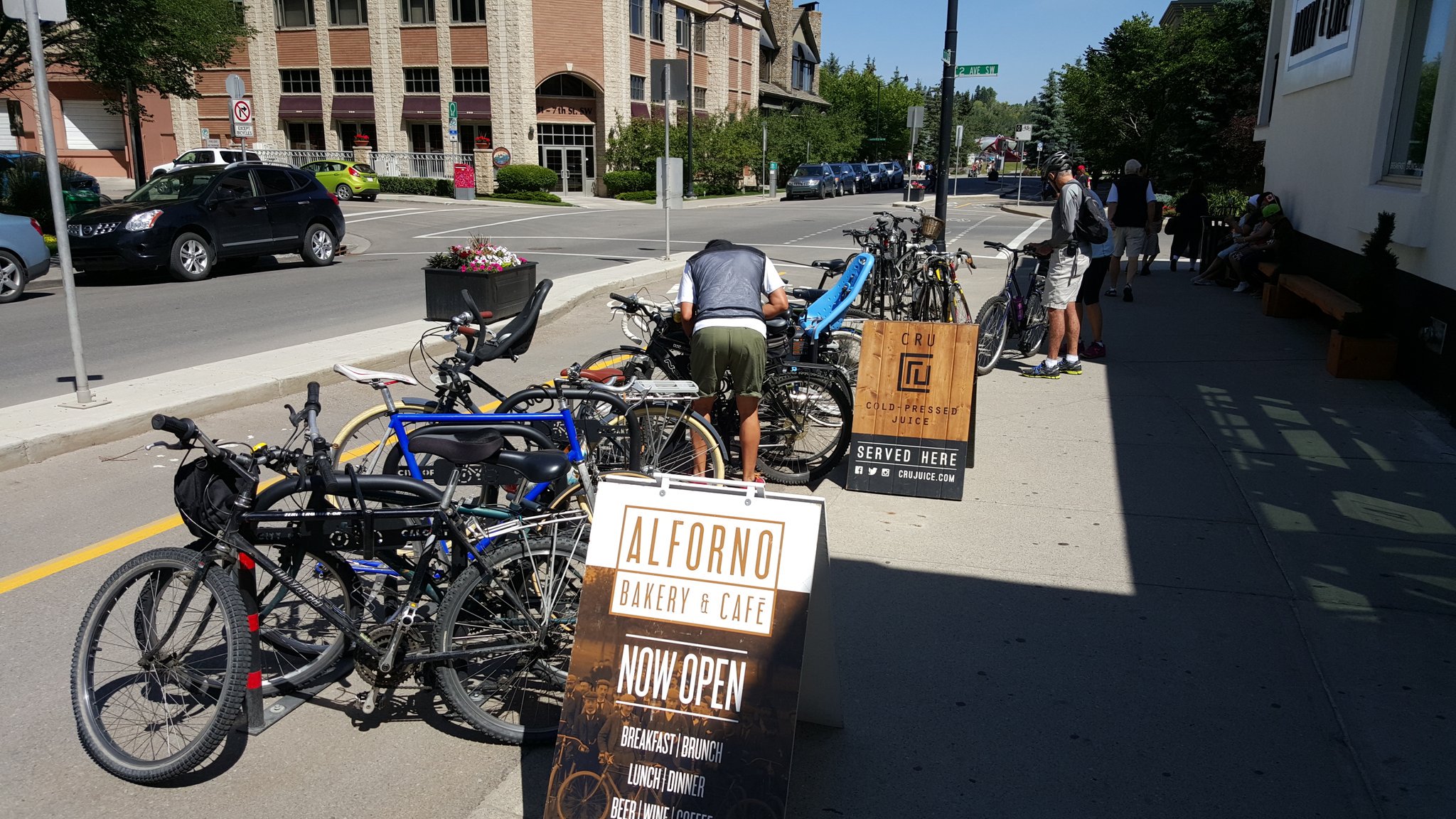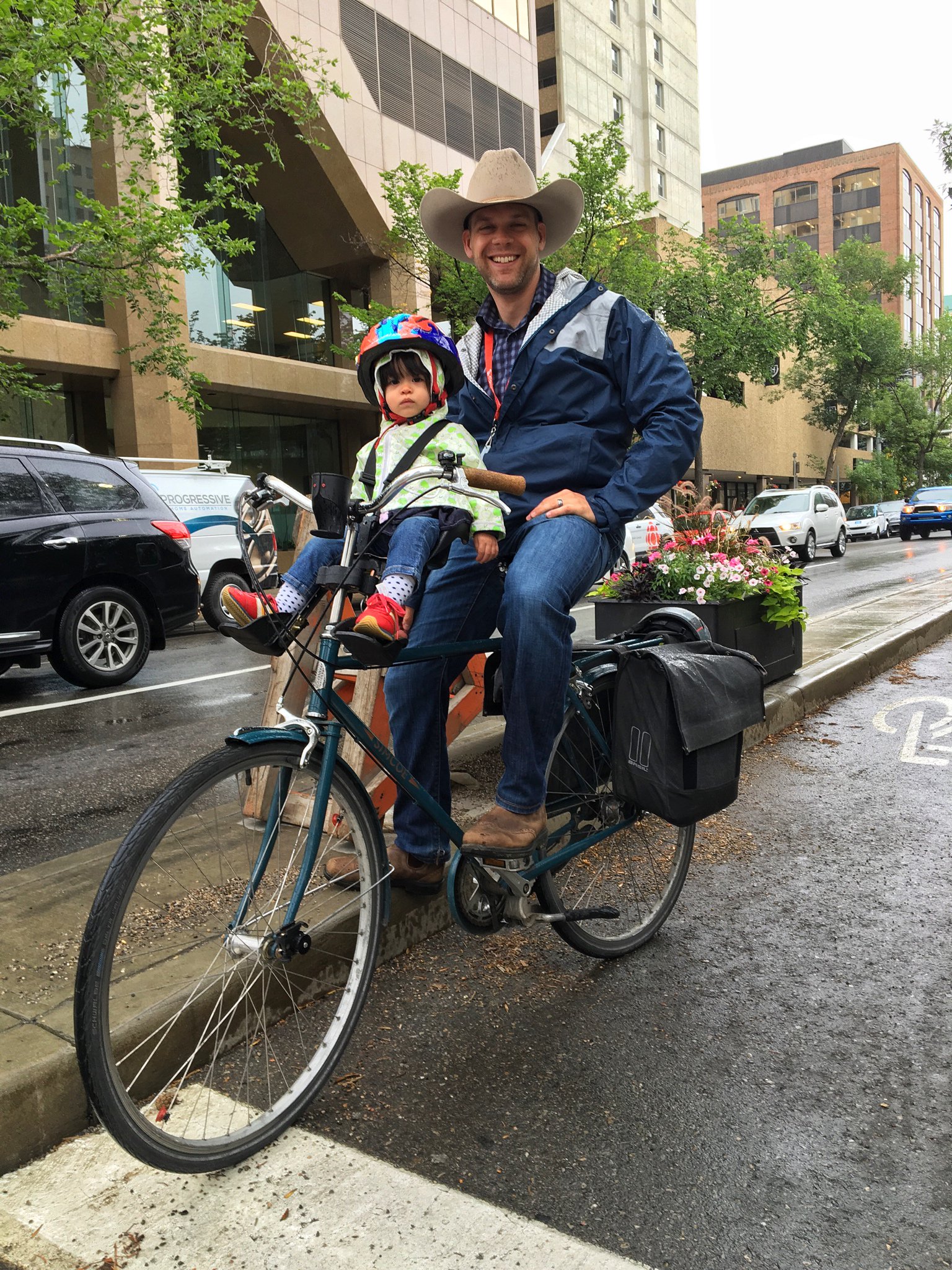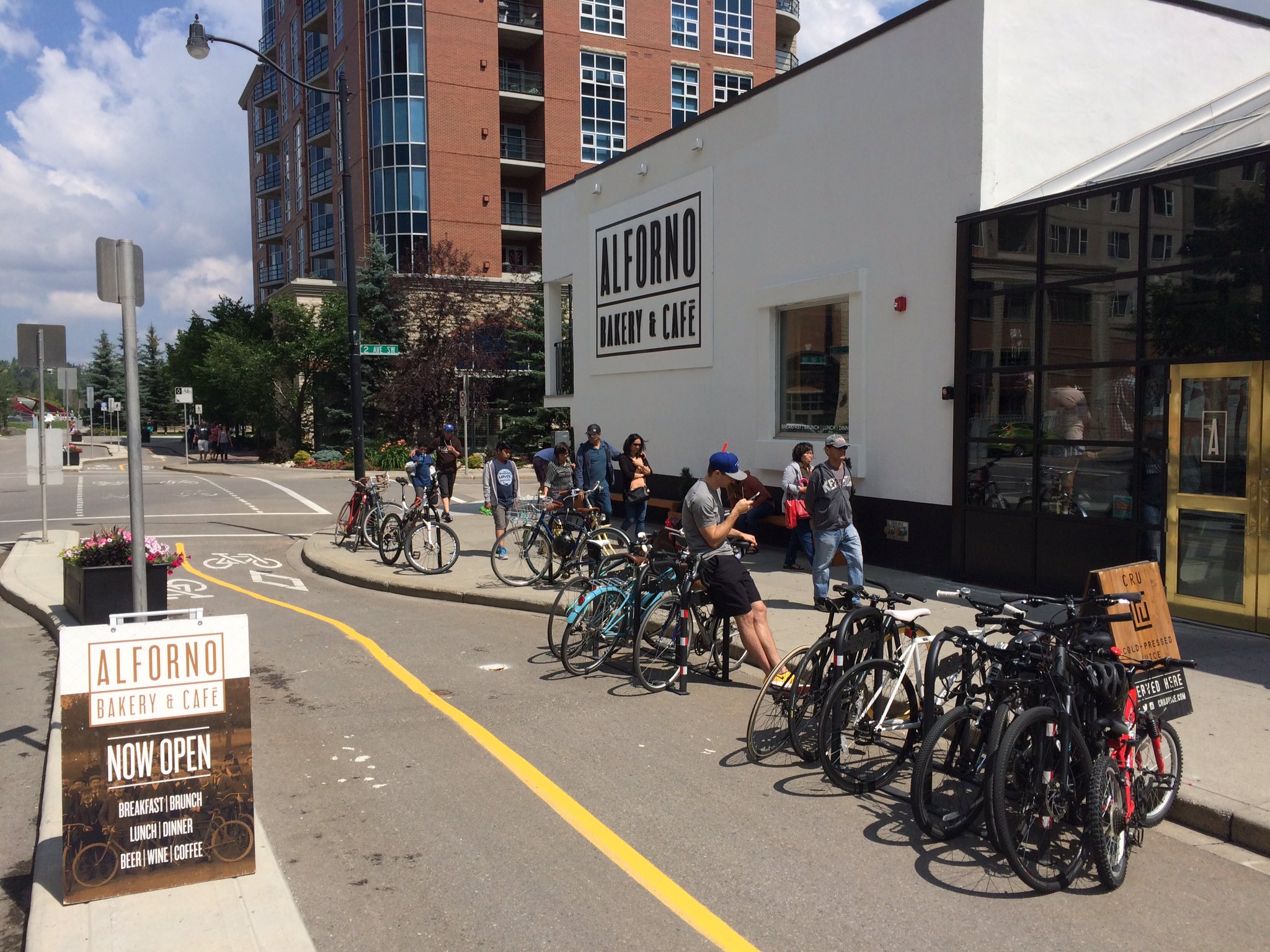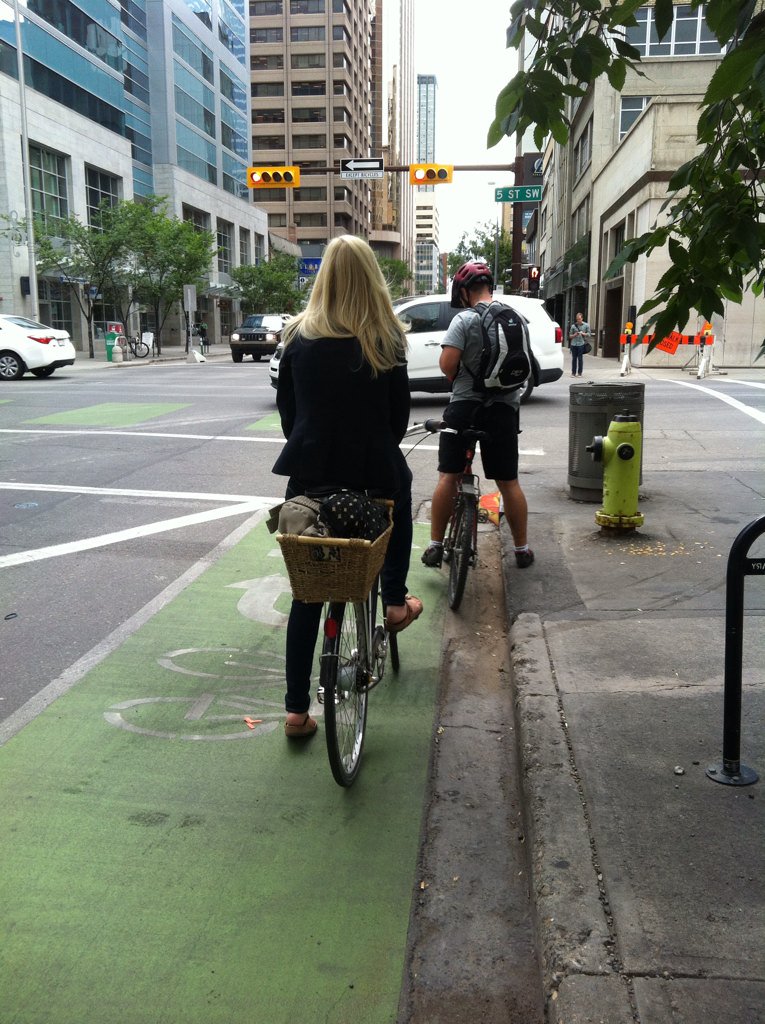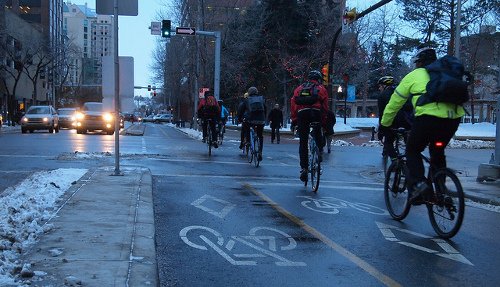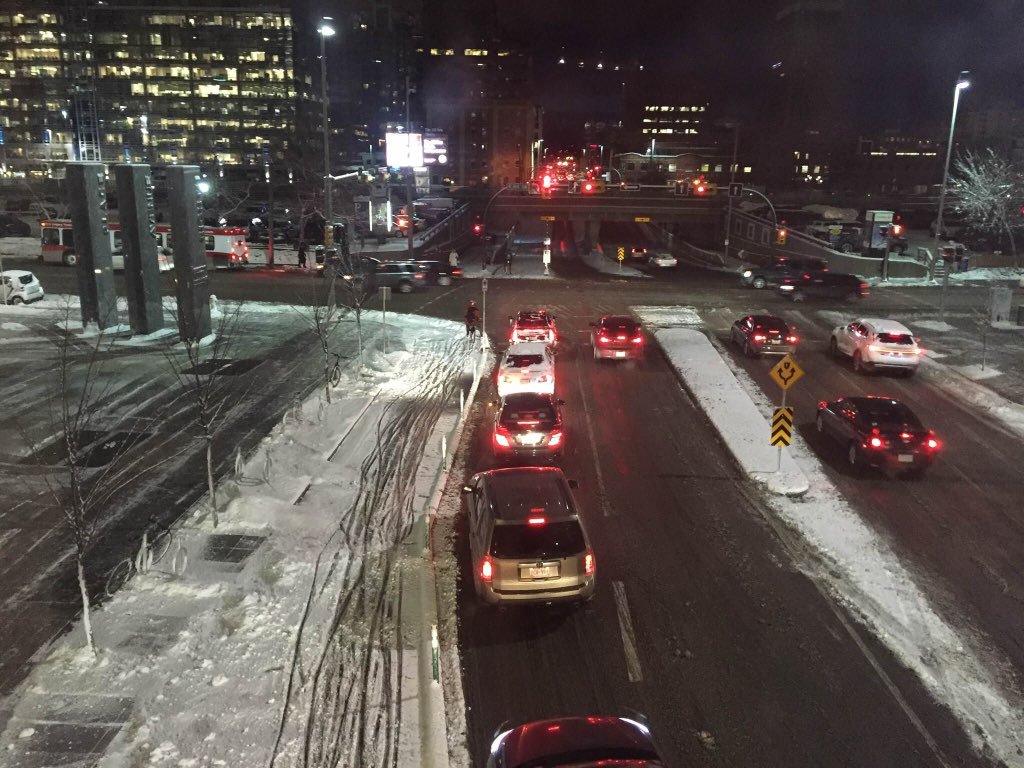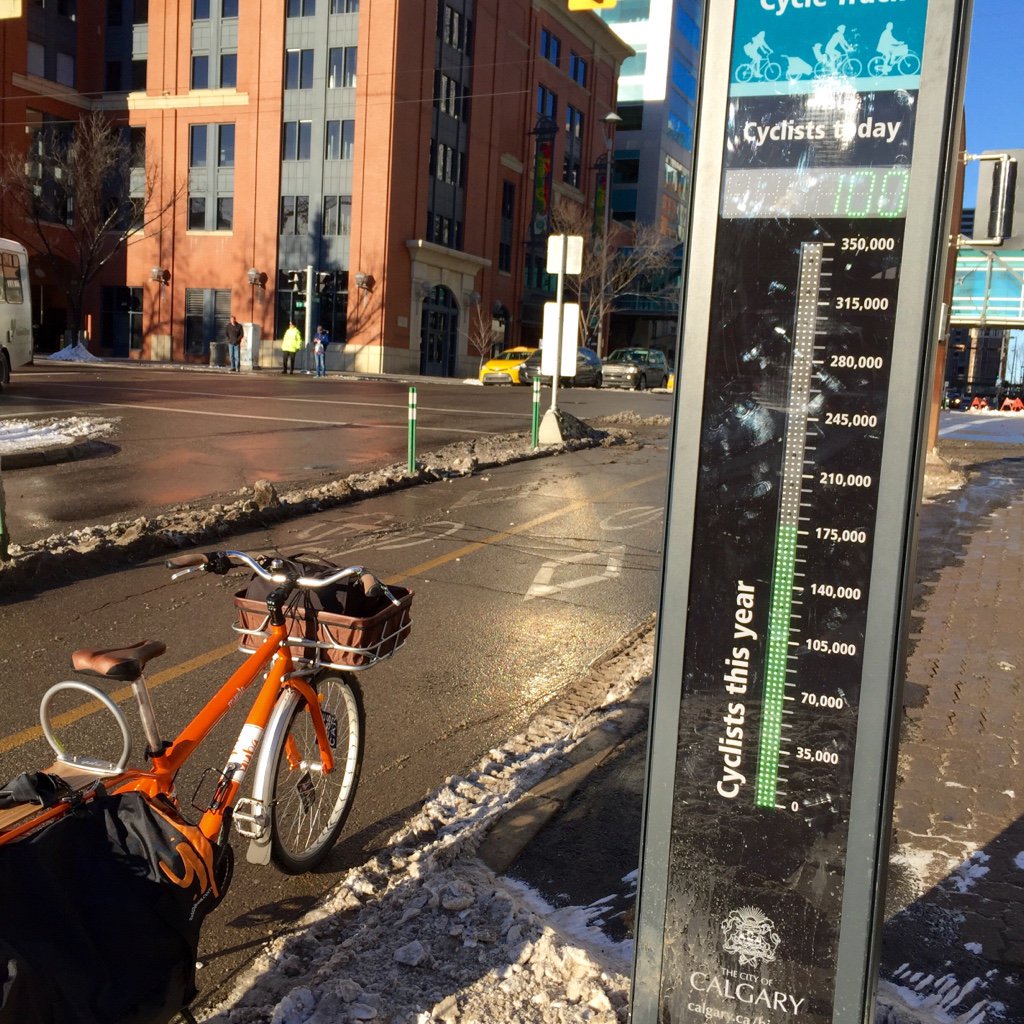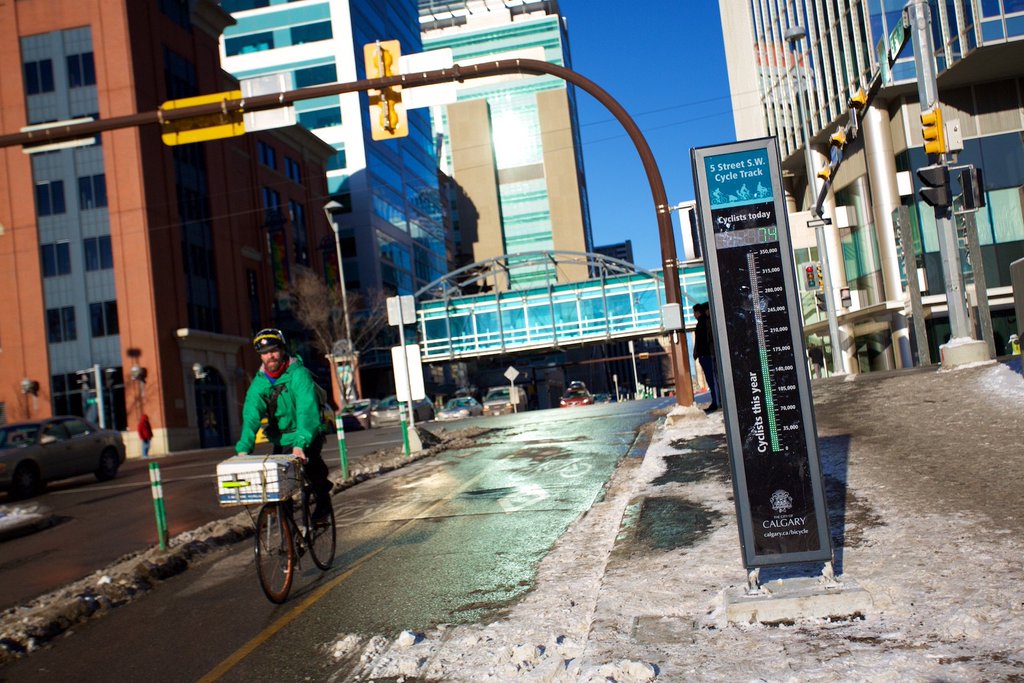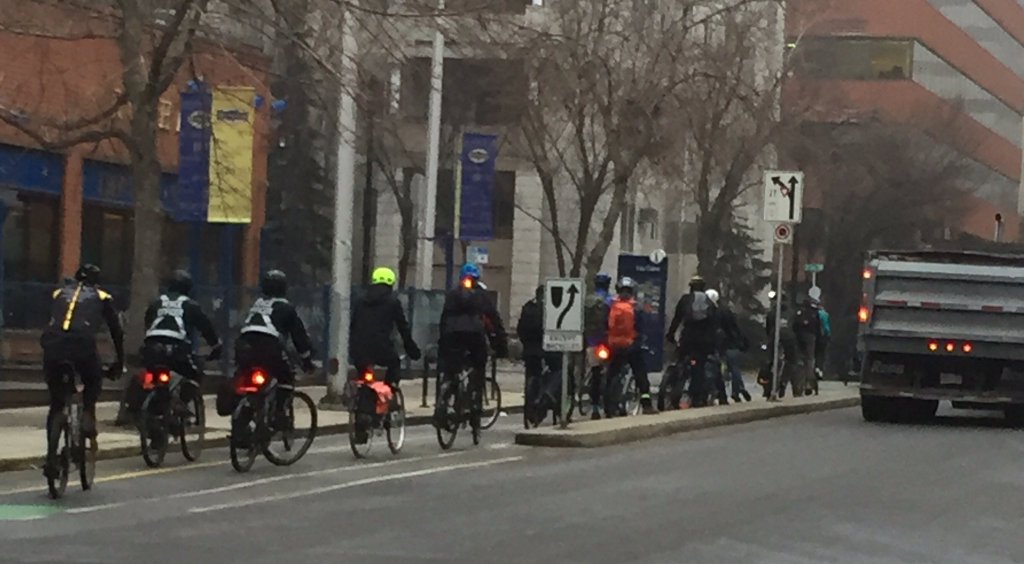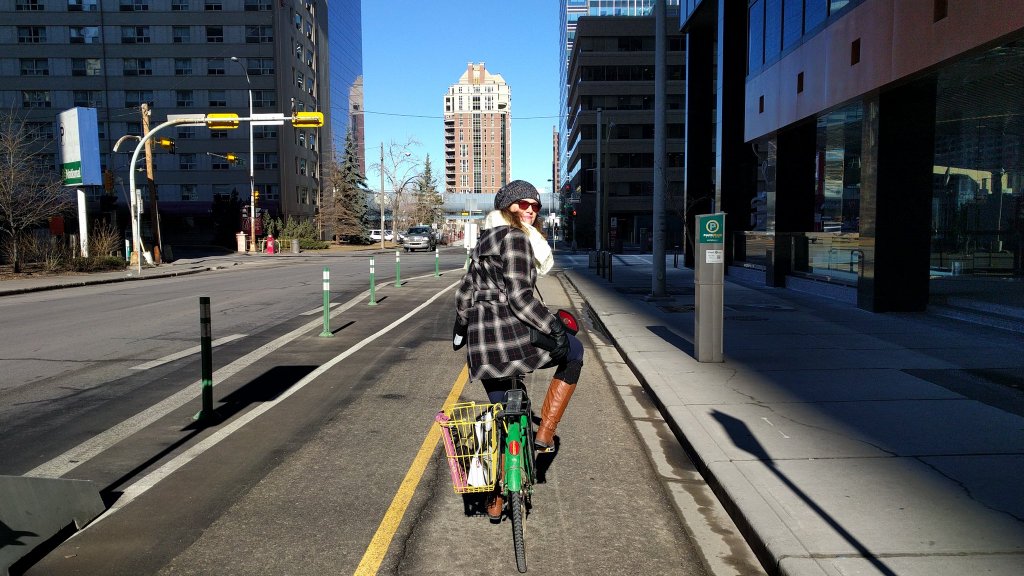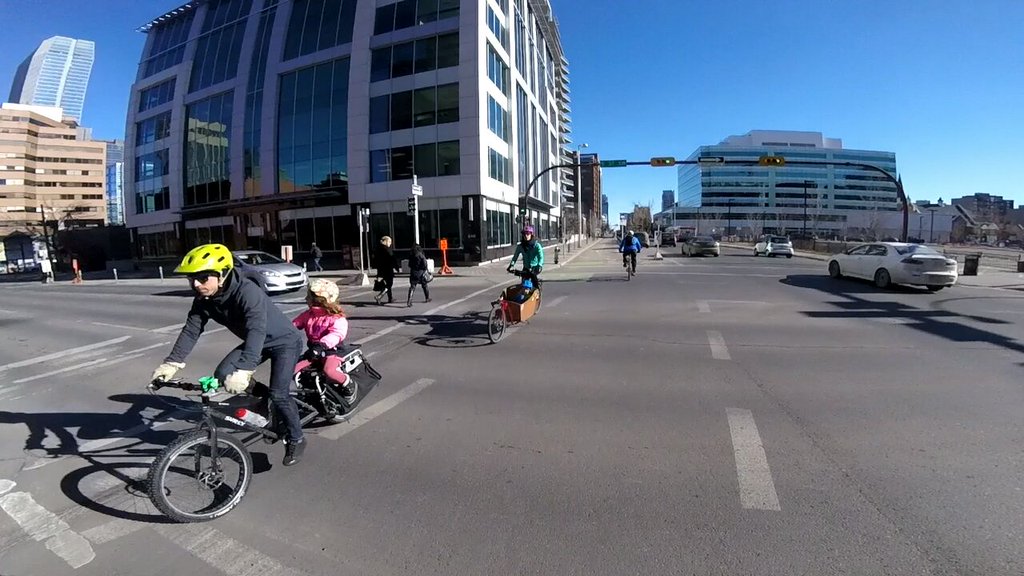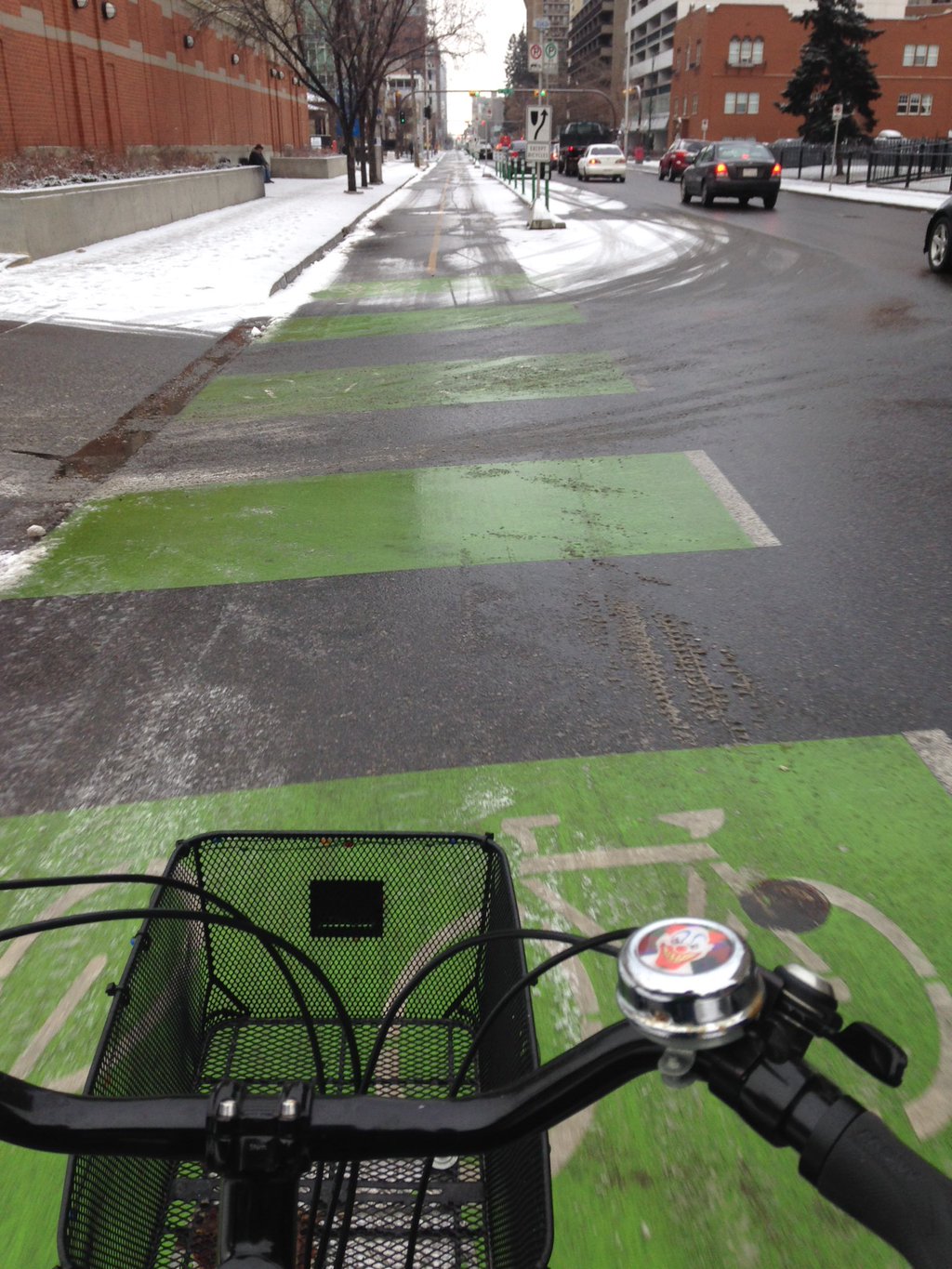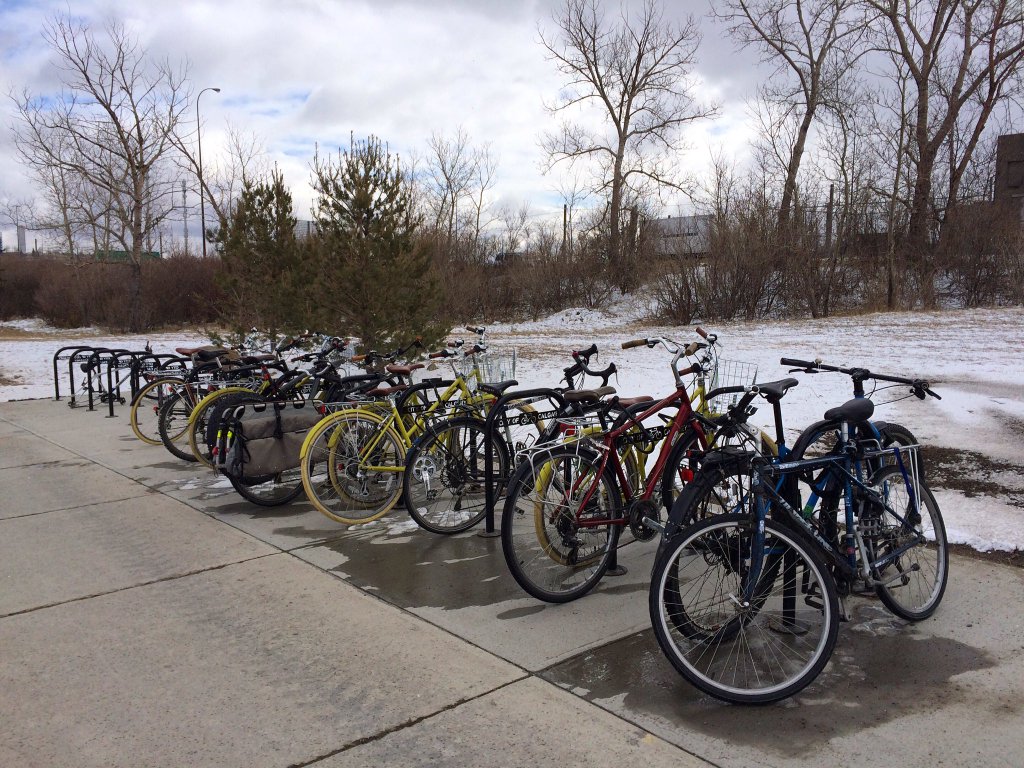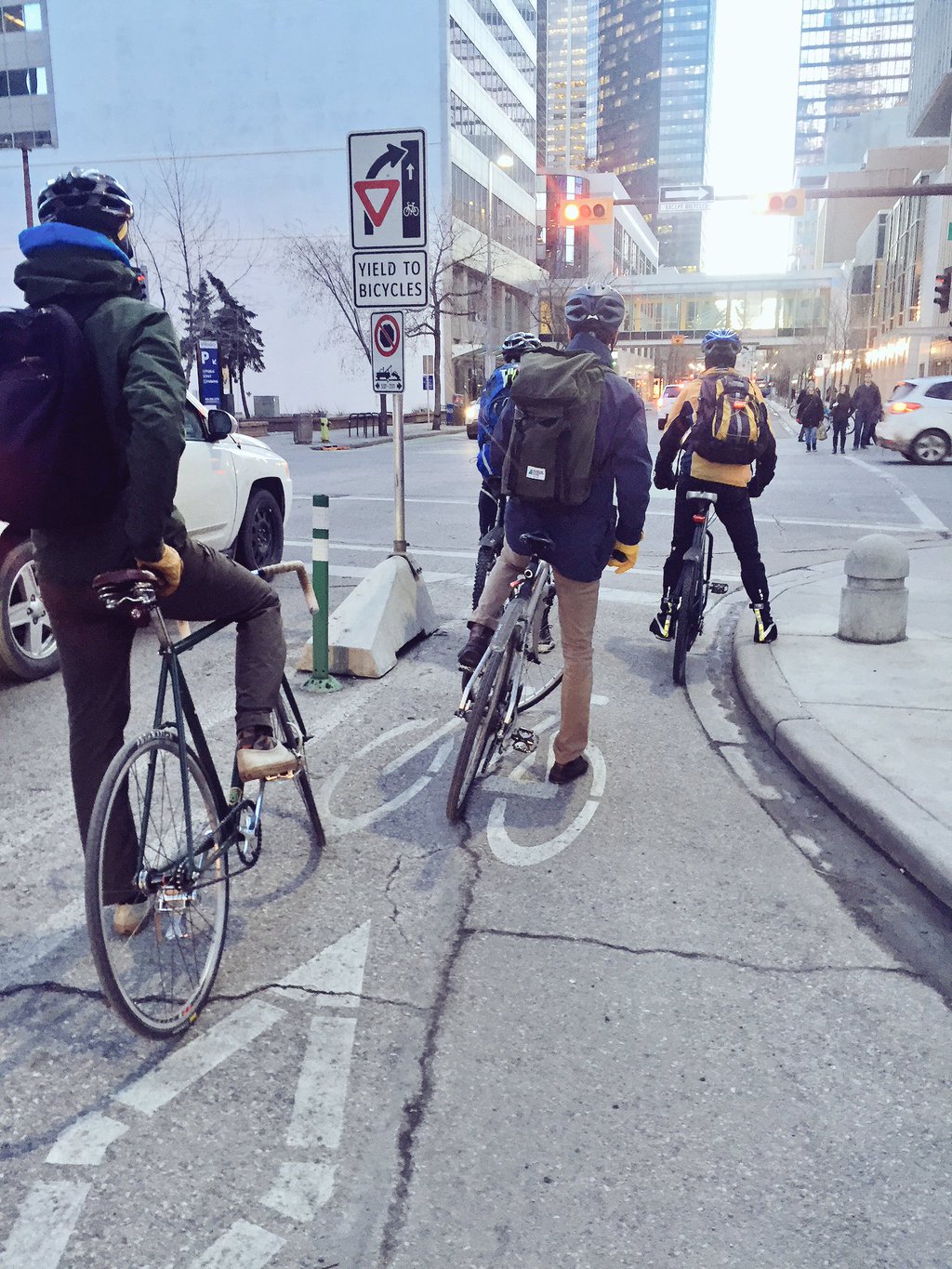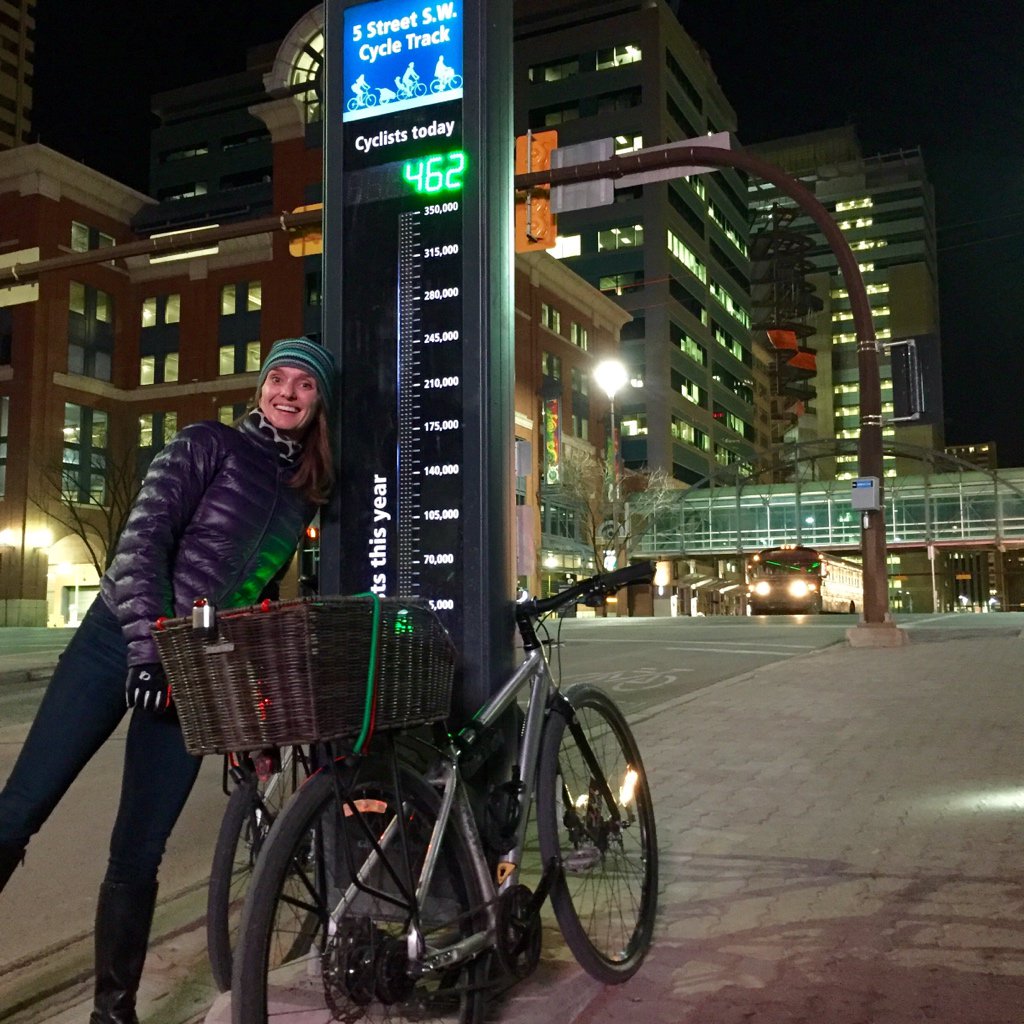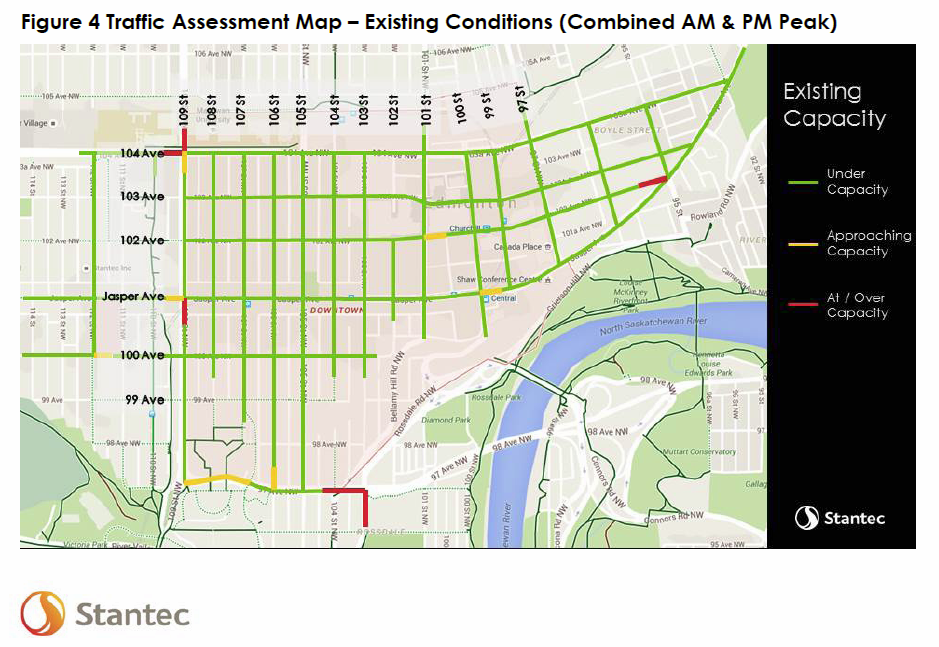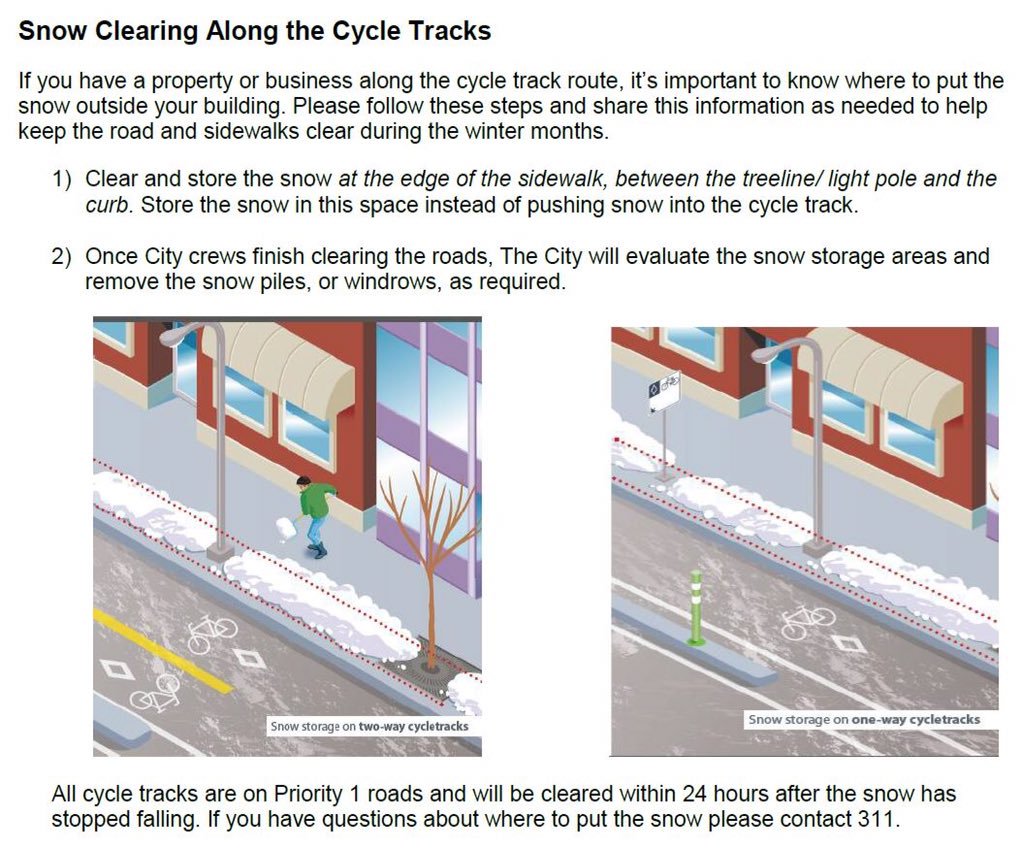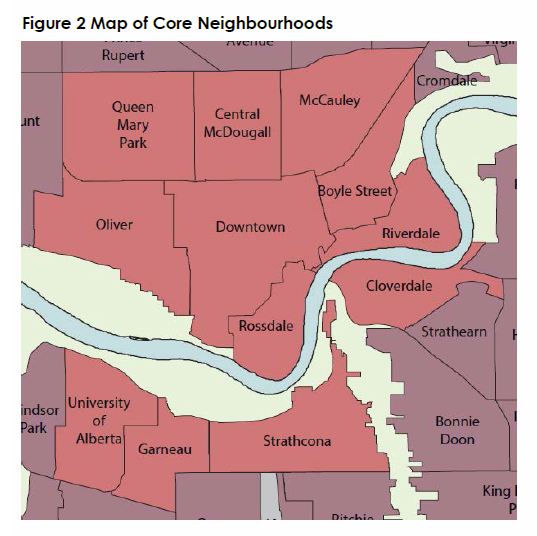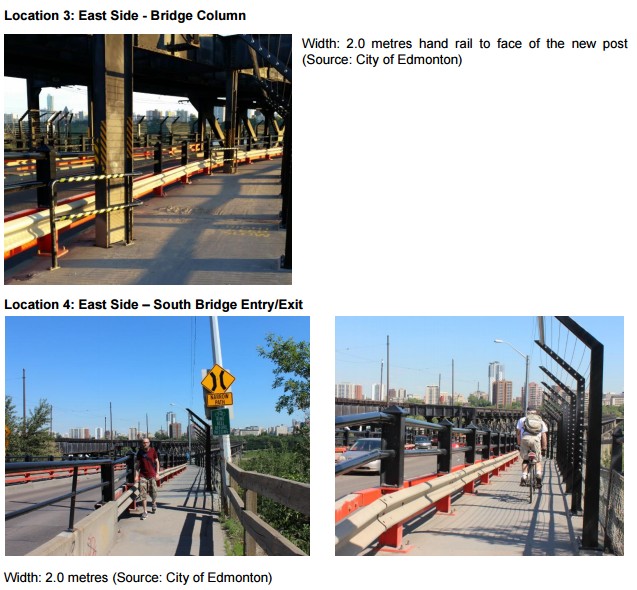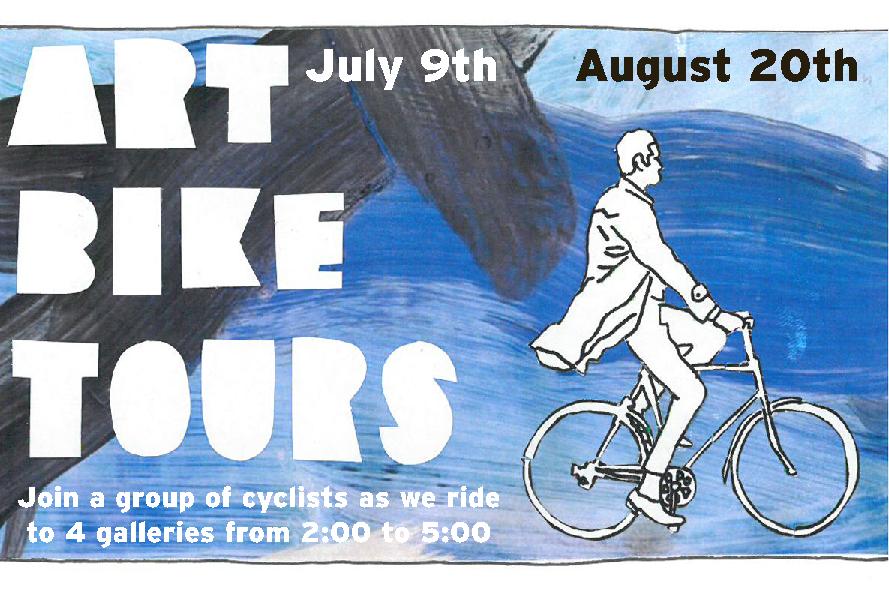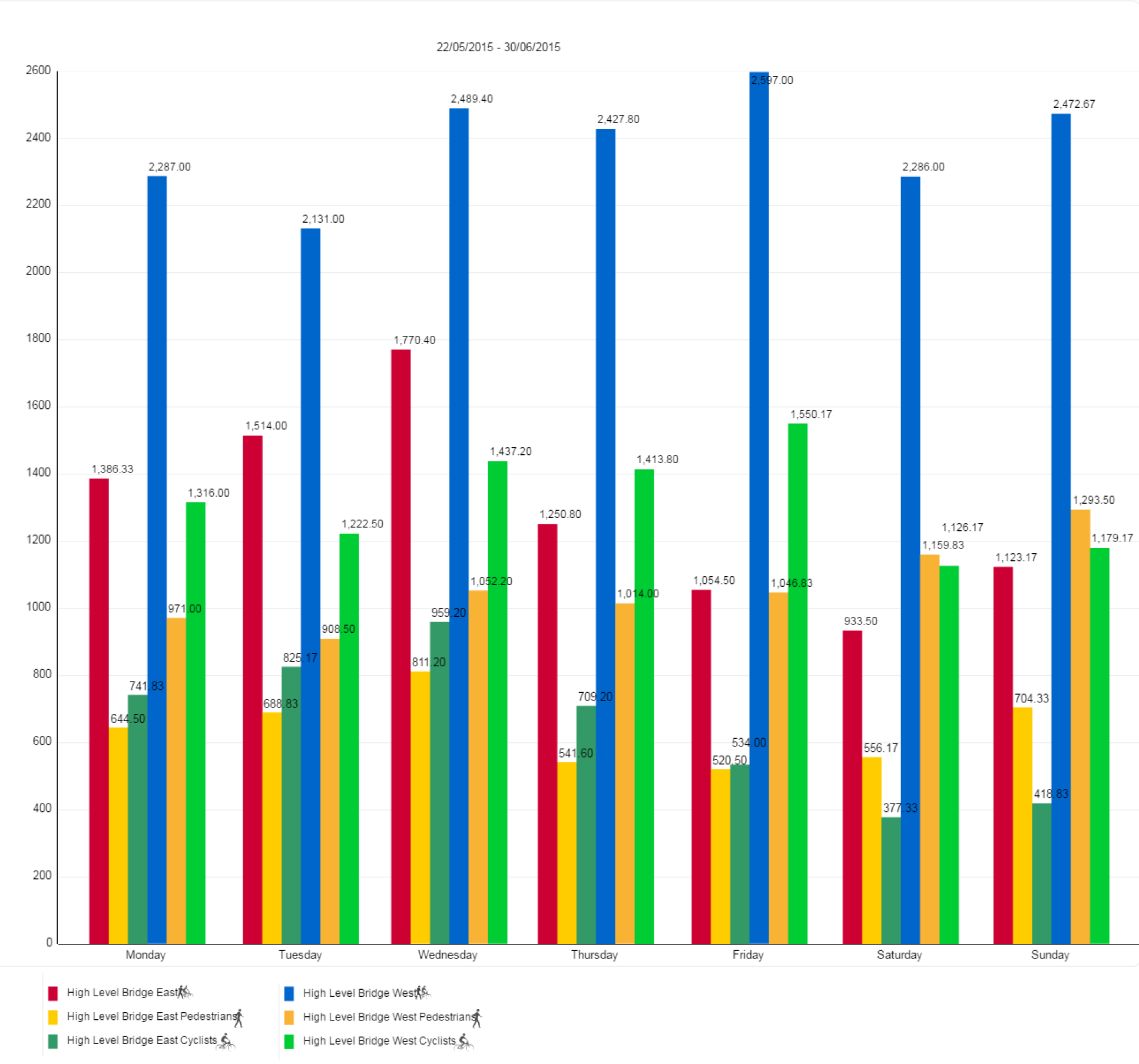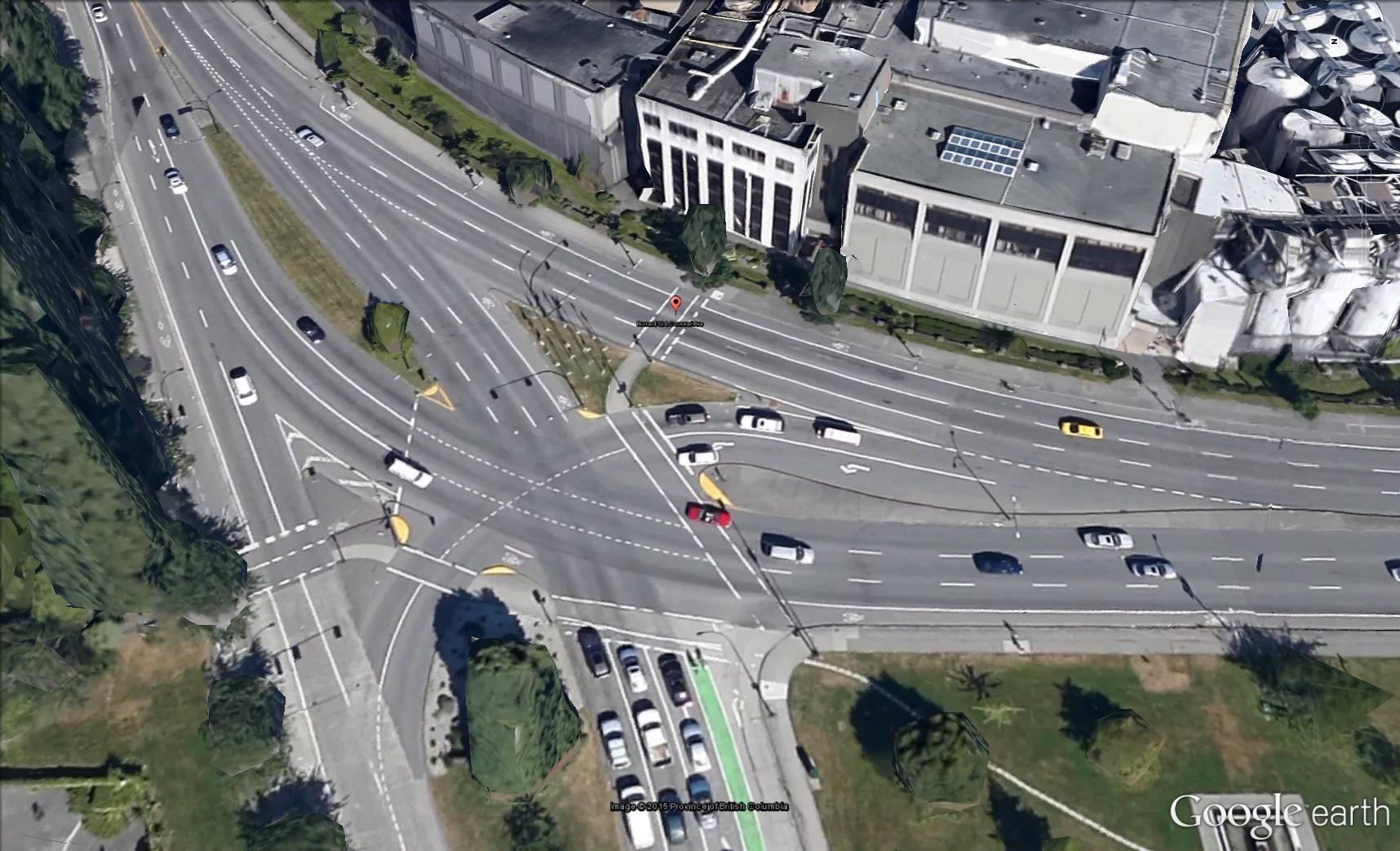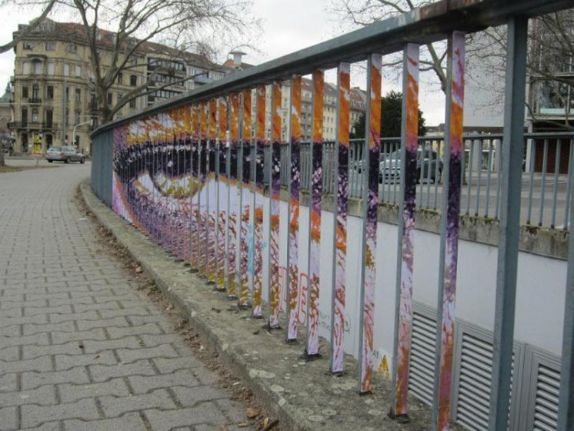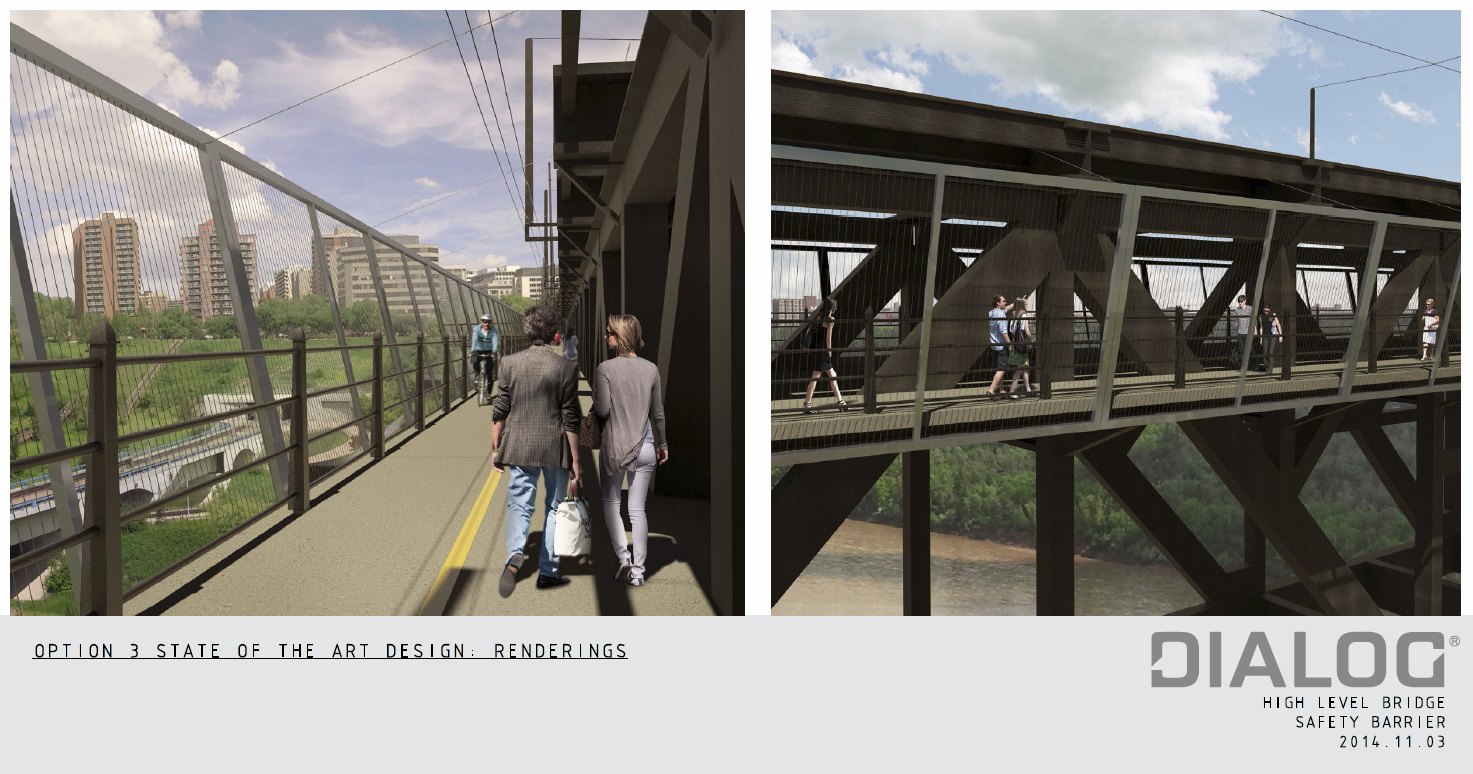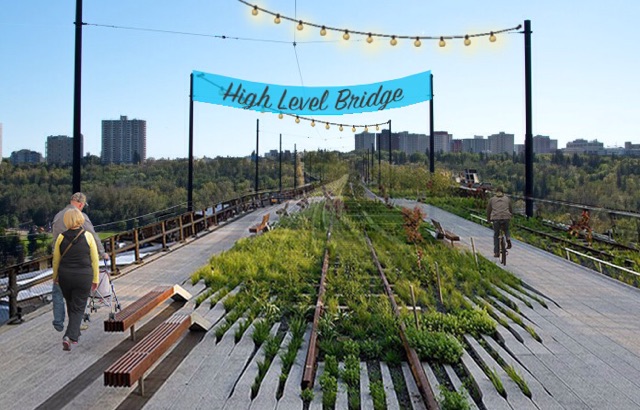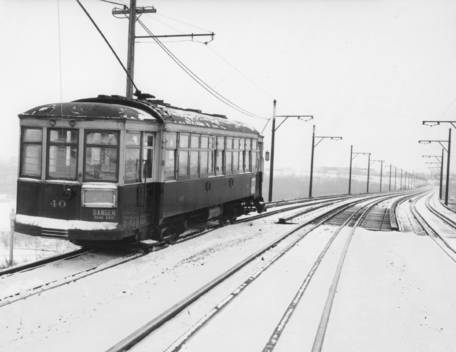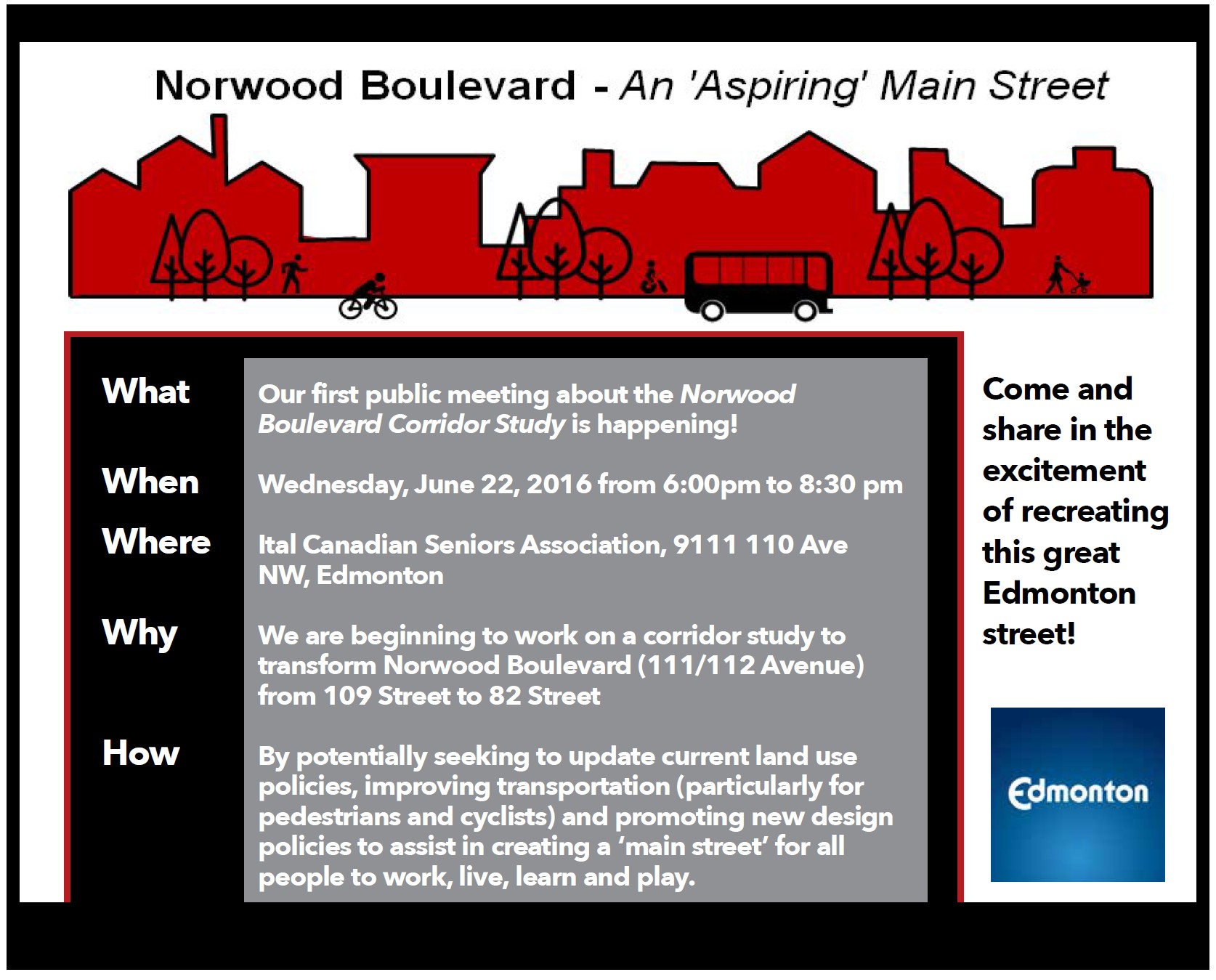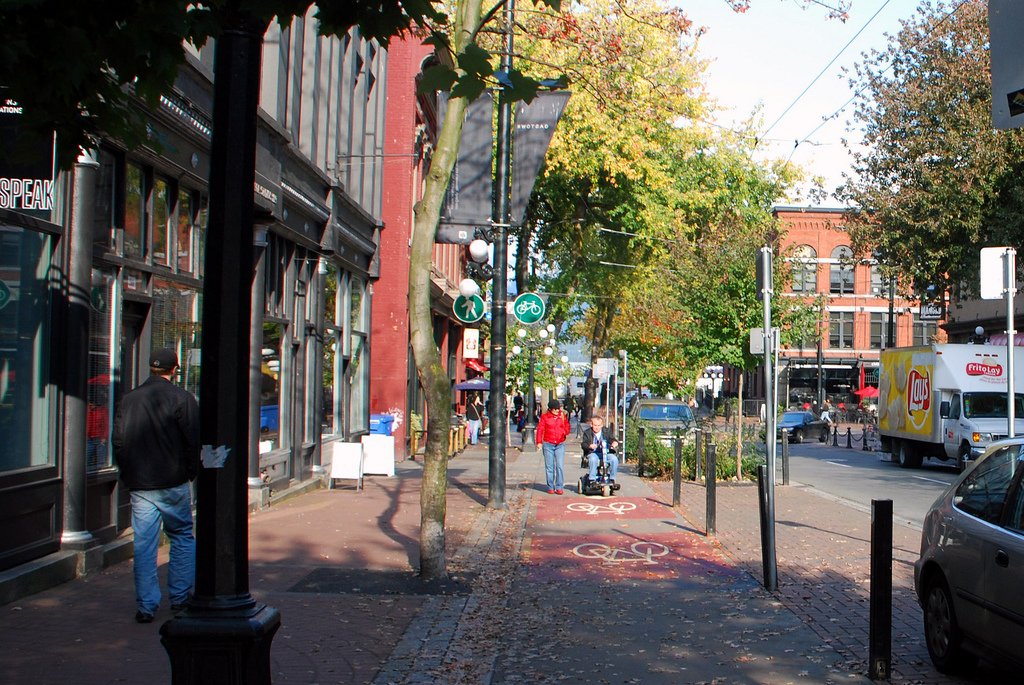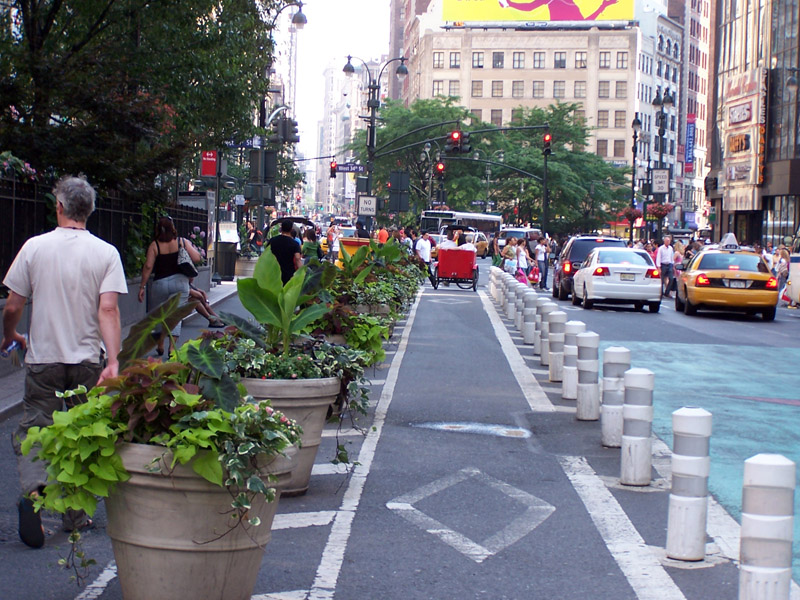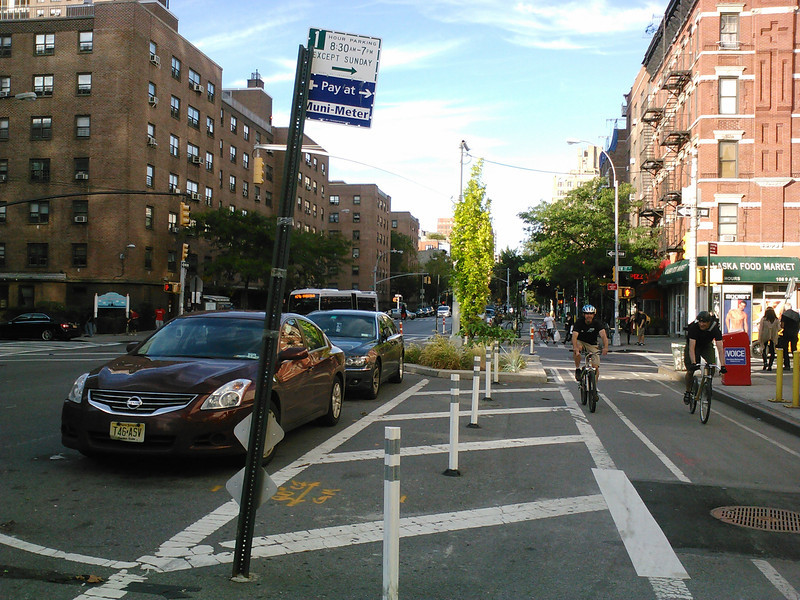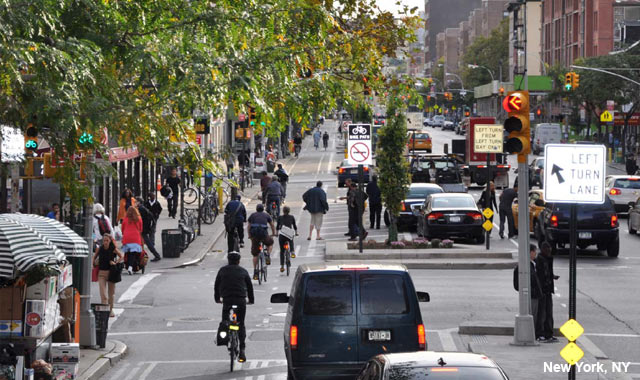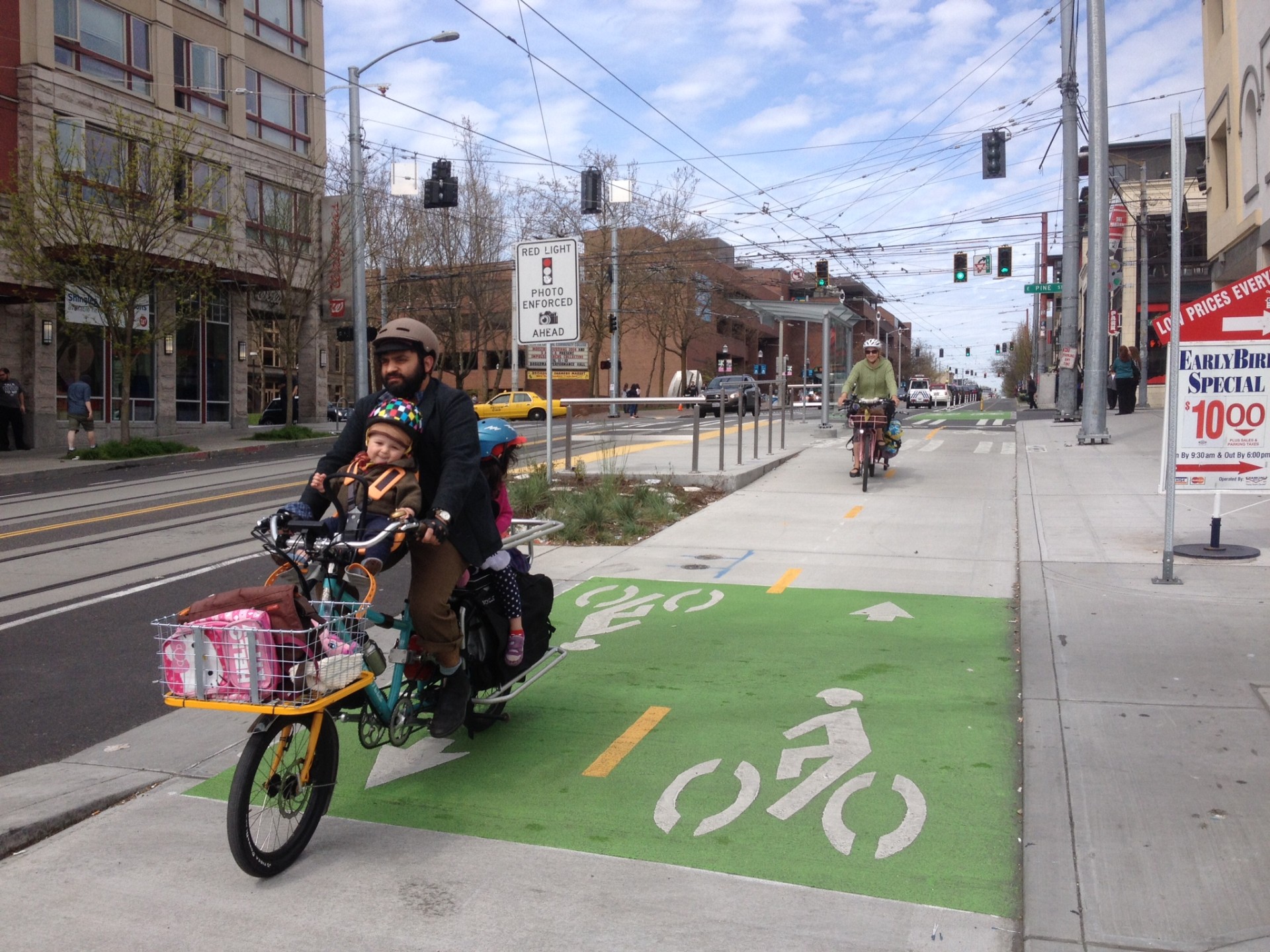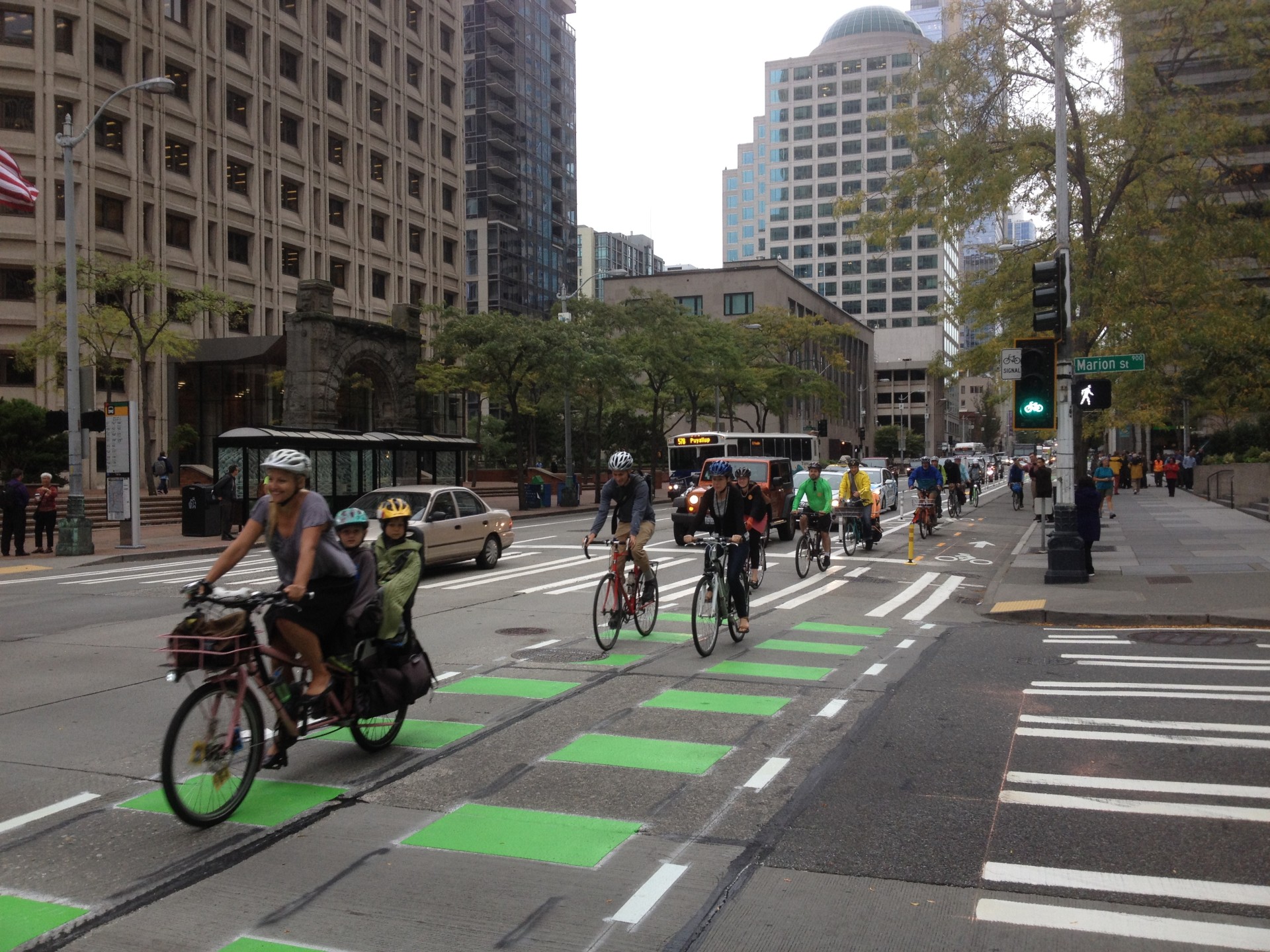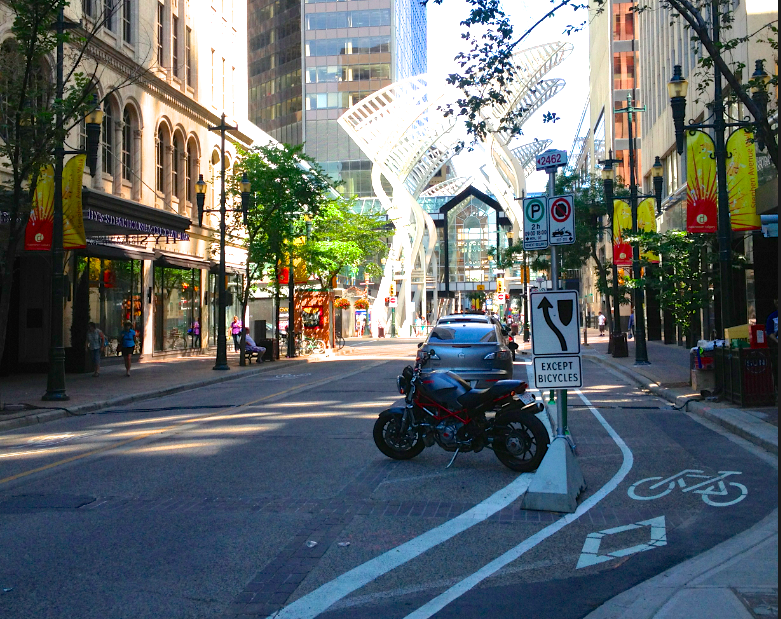On Wednesday, September 28, at 1:30pm, Stantec's technical assessment of a downtown Edmonton bicycle grid will be presented to council's Urban Planning Committee. The report describes a 7.1km network of protected bike lanes, separated from traffic, in downtown Edmonton, connecting a grid of north-south and east-west routes to shared-use paths surrounding downtown. The entire report is 55 pages long, but we have summarized it here for you.
If it receives support at the Urban Planning Committee, the report will go to all of city council on October 11 for a decision on funding and timing. One the two funding options presented would see the downtown bike grid opening as early as summer 2017. But council needs to hear from you.
Contact your councillor immediately
Please contact your councillor prior to the October 11 meeting to express your support for a downtown bike grid. Paths for People has created a quick tool for you to use to contact your councillor, including a sample letter for you to send.
Just these few lines can be immensely effective:
I am writing in support of a grid of protected bike lanes in downtown to be built spring 2017. I would like to see your vote in favour on October 11, 2016.
Thank you, Your citizen from Ward #
They need to hear your voice to understand how important and urgent this is.
We need organizations and employers too!
Does your workplace care about employee health, limited parking stalls, or the environment? Are you involved with an organization that is active downtown? If you host events downtown, or are connected to a downtown school, or businesses big and small, please talk to your organization or workplace about writing a letter of support for a downtown bike grid. This network will help ease parking concerns, improve employee satisfaction, and can increase attendance/sales.
Downtown Bike Grid
Calgary built a 6.5km downtown grid of protected bike lanes, also called cycle tracks, in 2015. It was given the same budget as proposed for Edmonton's ($7.5 million), but came in under budget and was built for only $5.7 million. Hugely successful, the network led to a 95% increase in weekday bike trips in the months after opening, and celebrated over 1,000,000 cycle trips across its three main embedded counters about a year after opening. (Its 10 automated counters tallied nearly a million trips in the first 6 months.)
Will it feel safe?
Here are videos and images of Calgary's cycle tracks, which Stantec also helped design. Based on their experience, Edmonton's will be similar, with improvements based on lessons from Calgary.
Edmonton's Minimum Grid
You can view the full report here, but some of the highlights include:
- The implementation is flexible. If adjustments need to be made with this design, they can be made quickly. Calgary has made dozens of adjustments to its cycle track network based on feedback from users, drivers, and businesses. Calgary already made adjustments as early as the first initial weeks of operation.
- The report assessed existing capacity during AM/PM peak traffic conditions. Most roads are under capacity; those that were at capacity were removed from consideration. The analysis indicates that the bike lanes will not have a great impact on traffic. Calgary was much more constrained, but saw only limited impacts on travel time for drivers.
- The selected routes connect to almost all the major existing bike routes leading into downtown, including 100 Ave, 102 Ave, the High Level Bridge/Railtown, 105 Ave, the Capital Line LRT shared use path, the Metro Line LRT shared use path, Grierson Hill shared use path, and the river valley.
- The report addresses transit interactions (they're minimal on most of the selected routes) as well as maintaining access through downtown construction.
- Maintaining on-street parking was prioritized in the route selection and design. Most of the routes maintain existing on-street parking; a couple routes maintain parking on only one side for some sections. Downtown Edmonton has an abundant supply of on-street and off-street parking, including an increased supply as previously private parkades are in the process of opening access in anticipation of demands from the arena.
- The recommended barrier design includes self-watering planters for flowers, and a concrete base to better limit snow, slush and gravel from migrating into the bike lane. The report includes $625,000 annually for operating costs, including snow clearing at the same priority as the rest of the road (for downtown, this means within 24 hours of the end of snowfall).
- Over half of the capital costs are for upgrading intersections. Most of the intersection costs will go towards non-bike specific improvements such as replacing aging traffic controllers. The entire capital cost of the network will be paid using existing funds: no new funds need be allocated for the $7.5 million cost. Budgets are already allocated for traffic controller upgrades, a 102 Ave protected bike lane, complete streets, and active transportation. This downtown bike grid just gives a focus for those budgets.
- The 104 Ave section will be a shared use path on the north side of the road.
You can review the full report to see detailed assessments, including road surface conditions, parking impacts, and the proposed design of each route.
A few things not fully covered in this report include:
- Clear connections to the new funicular at 100 St and MacDonald Dr
- A protected bike route connecting 107 St down Fortway Dr (behind the Legislature) to River Valley Road
- Protected lanes along 100 Ave west of 110 St to the 121 St bike lane
- Discussion of the south side of the river (University, Garneau, Old Strathcona). The original motion from council included a request to consider these areas as well, but due to time and funding constraints the scope of this report is limited to downtown.
Why a downtown bike grid?
- It works. Calgary's city-wide cycling mode share has doubled since 2011. People feel safe enough to ride with young children; even to teach their children to ride. Separated bike lanes reduce the risk of collision by 90%.
- Good bike infrastructure dramatically reduces sidewalk cycling.
- Edmonton's lack of infrastructure doesn't work: at least 19 cyclists/year are injured within a 5 block radius of the downtown core. Many more incidents of harassment and collisions go unreported.
- Public health: increased physical activity is one of the best ways to improve individual health and creates massive public health benefits, and therefore cost savings.
- The selected routes are on roads with excess capacity. That capacity can be more equitably distributed.
- A single lane is not very useful; a network is essential. This network passes near to all downtown destinations, and connects well to other heavily-used routes.
- More people biking means less wear and tear on the roads, fewer potholes, less congestion, and more available and cheaper parking.
- This is city building (and about as cheap as you can get it). It enhances the public realm, increasing vibrancy in Edmonton's downtown.
- There is significant latent demand for cycling infrastructure that's safe for ages 8 to 80. Downtown has high existing and higher future concentration of people, jobs, and destinations, but due to high traffic volumes and lack of safe infrastructure, the majority of people don't currently feel comfortable biking downtown, even though the majority of Edmontonians are interested in cycling.
- The current allocation of our roadways is inequitable. We all pay for the roadways through our property taxes. People shouldn't be treated as second-class citizens simply because of their mode of transportation on any given day. The average Edmonton household spends over $11,068 each year on transportation. The median household income in downtown Edmonton was $35,858: almost 31% of the household income went to transportation.
Please, use this easy form to contact your councillor to support the downtown bike grid.


